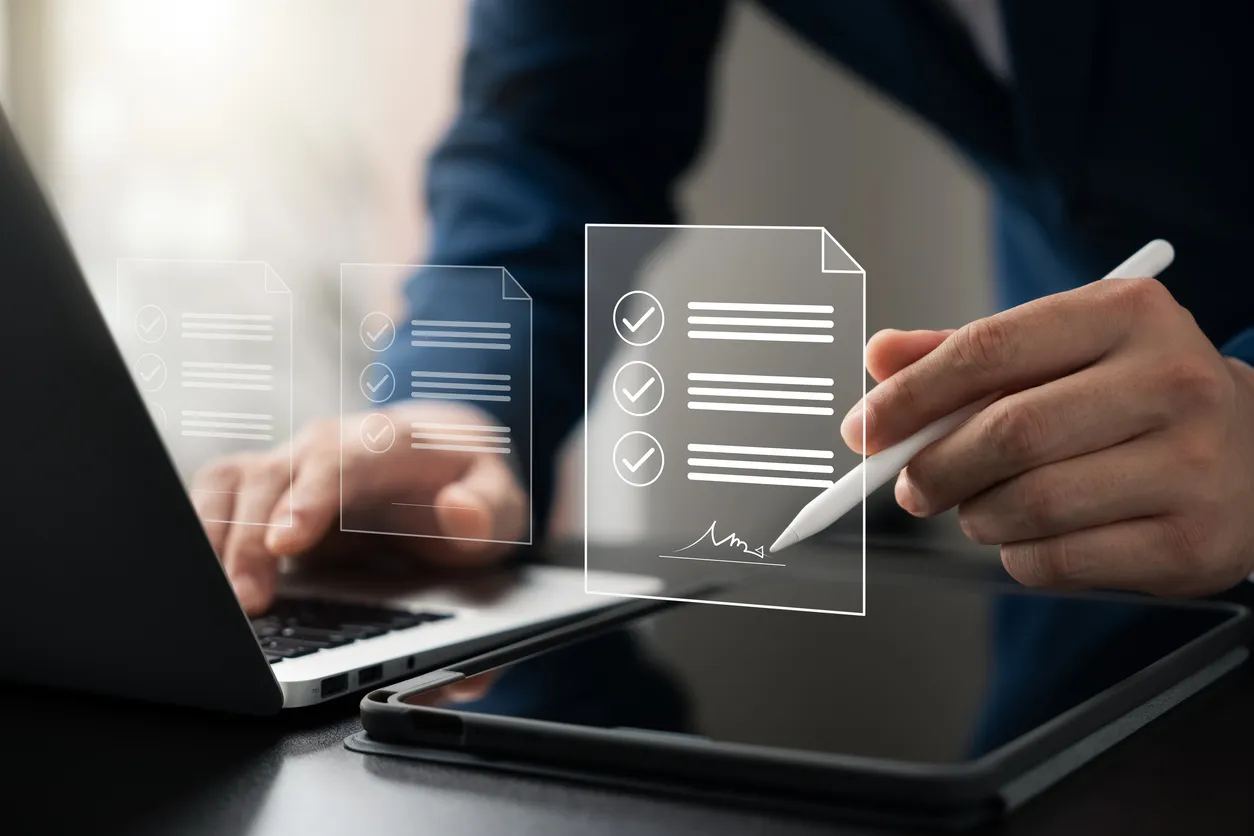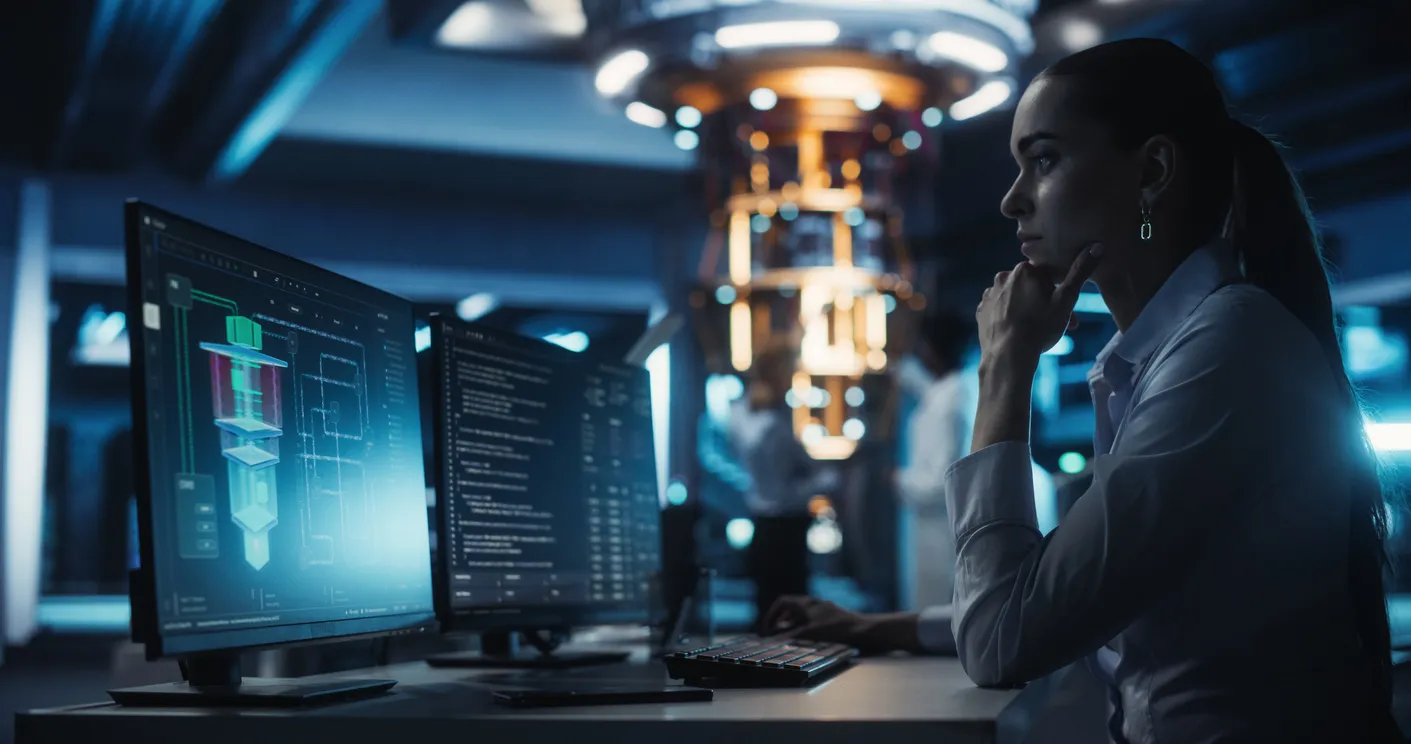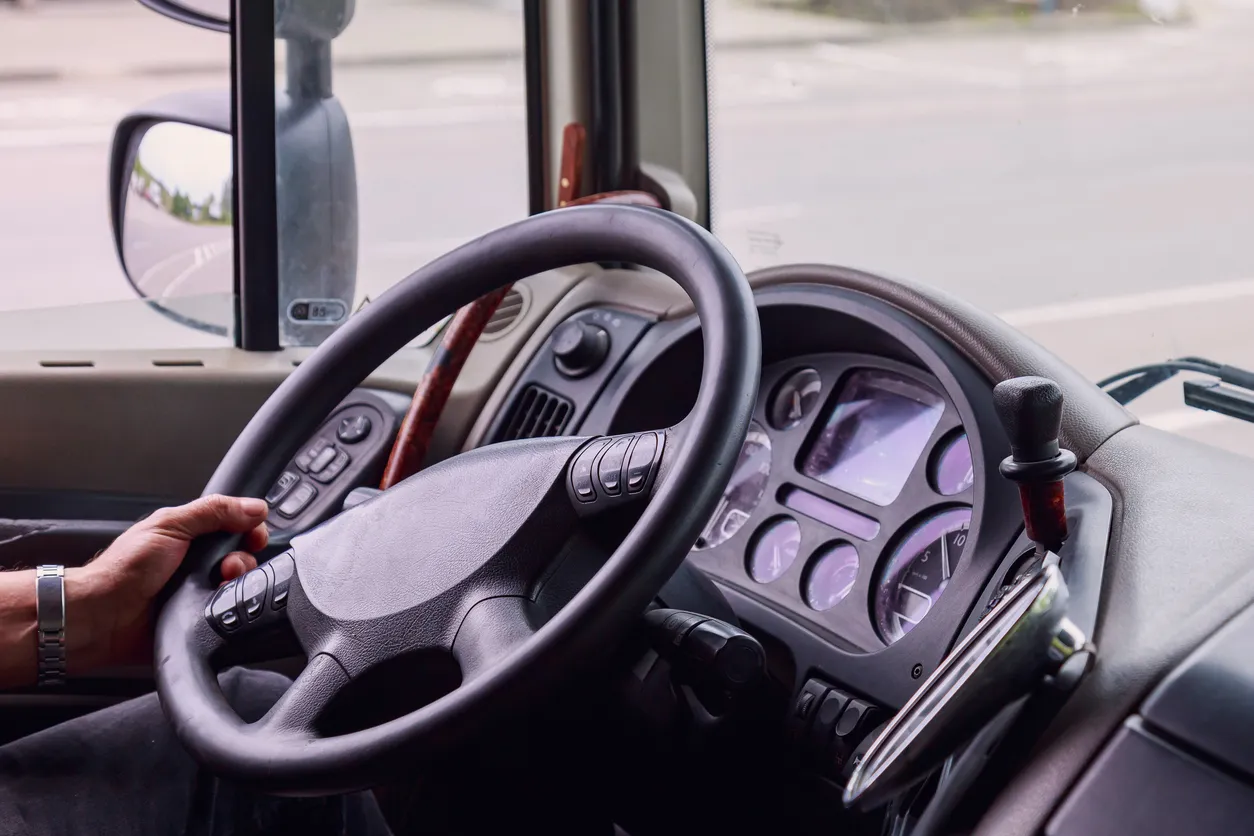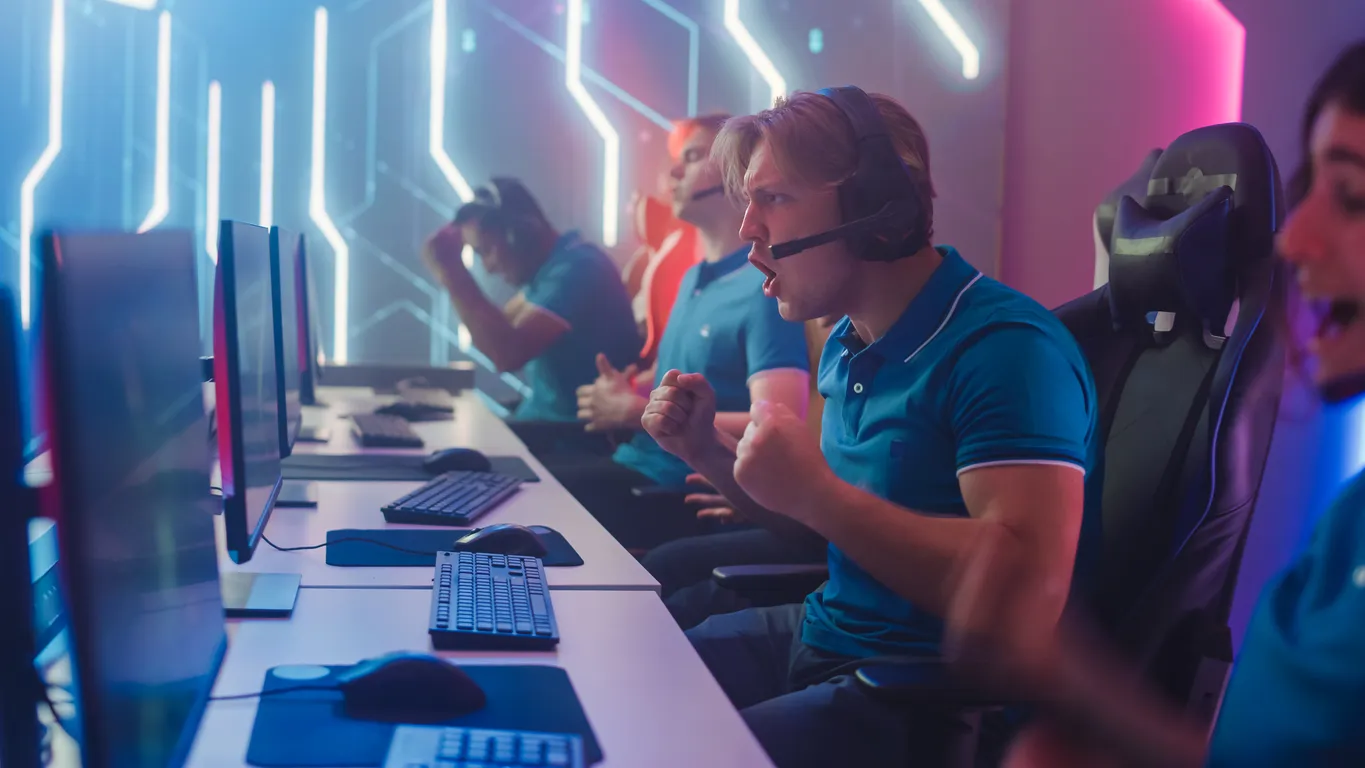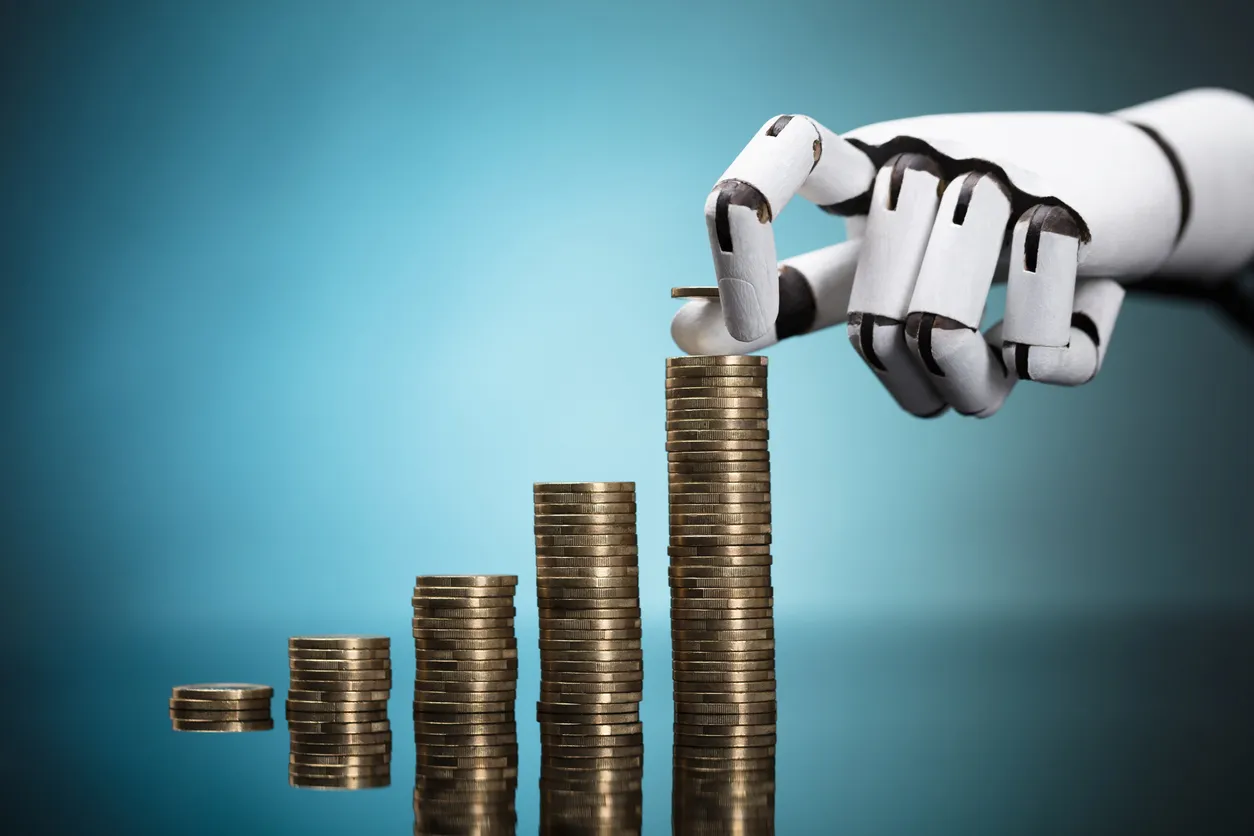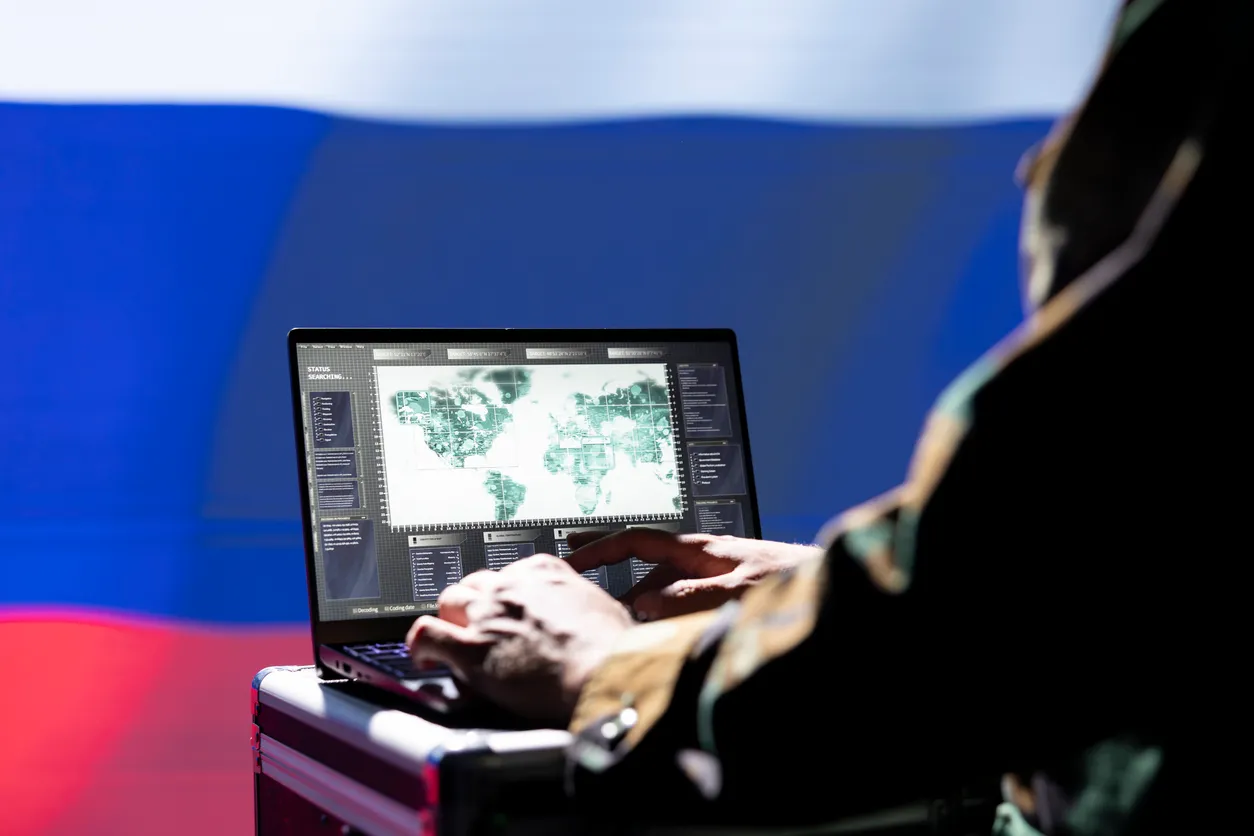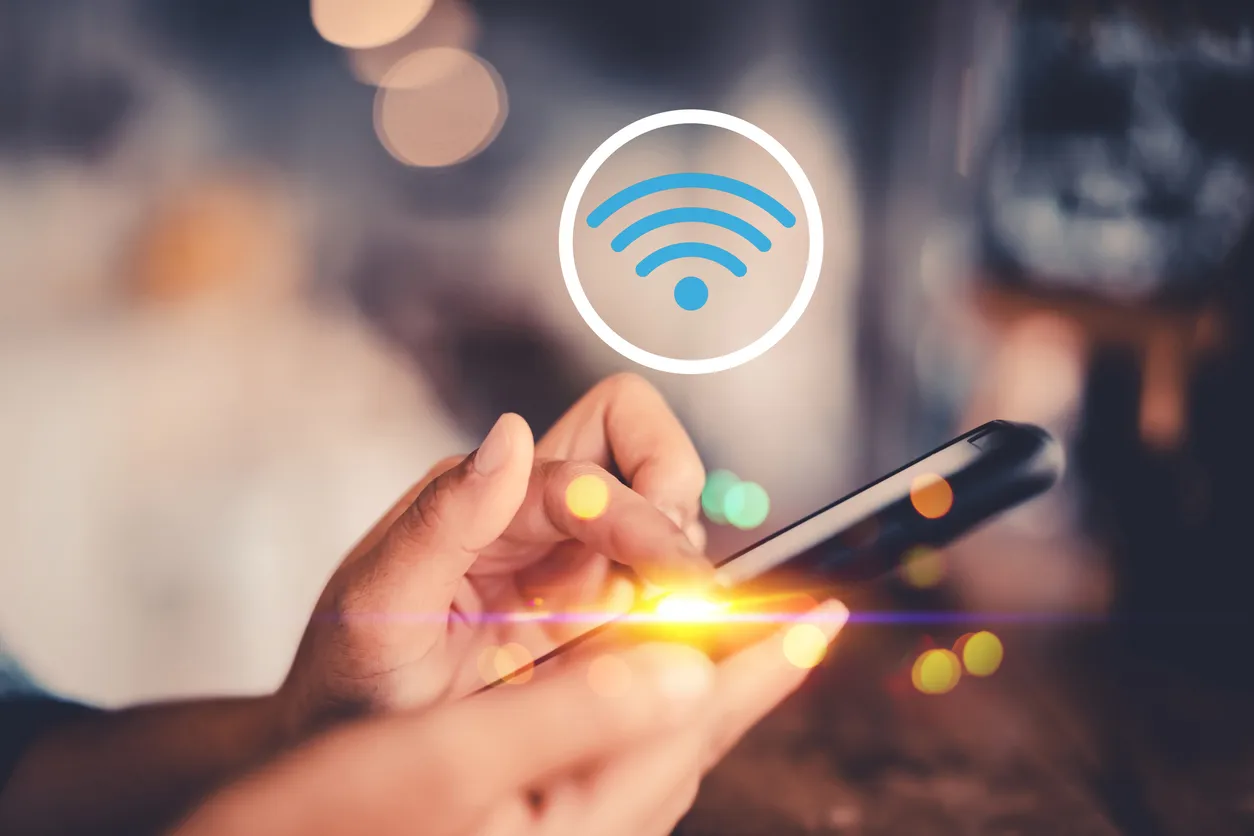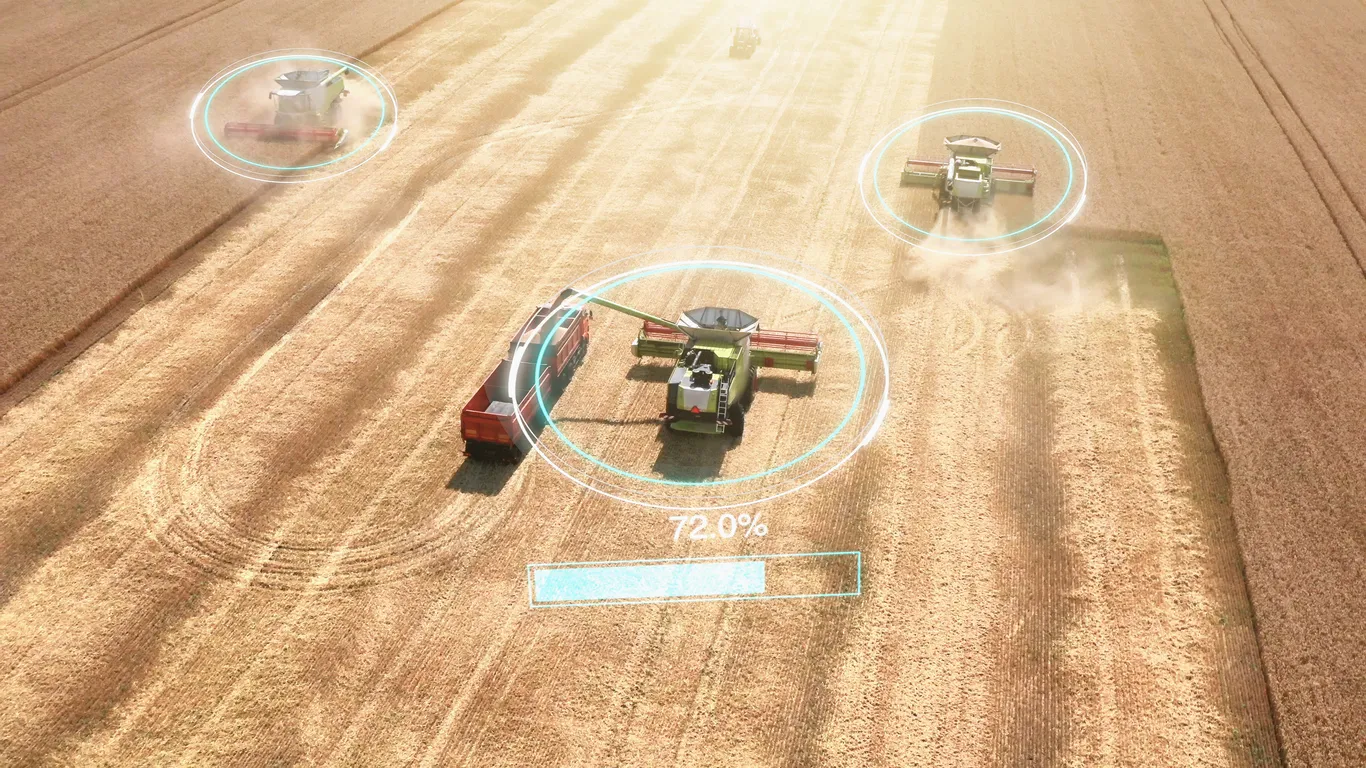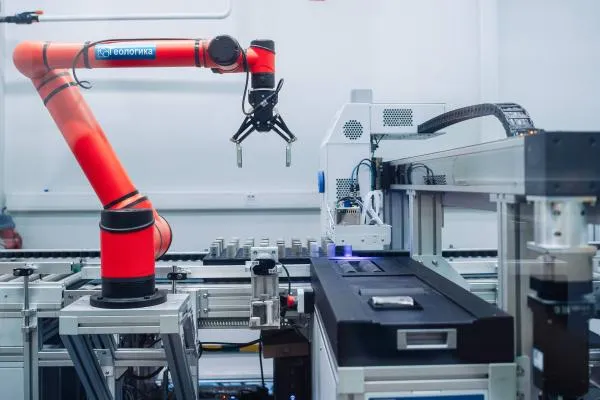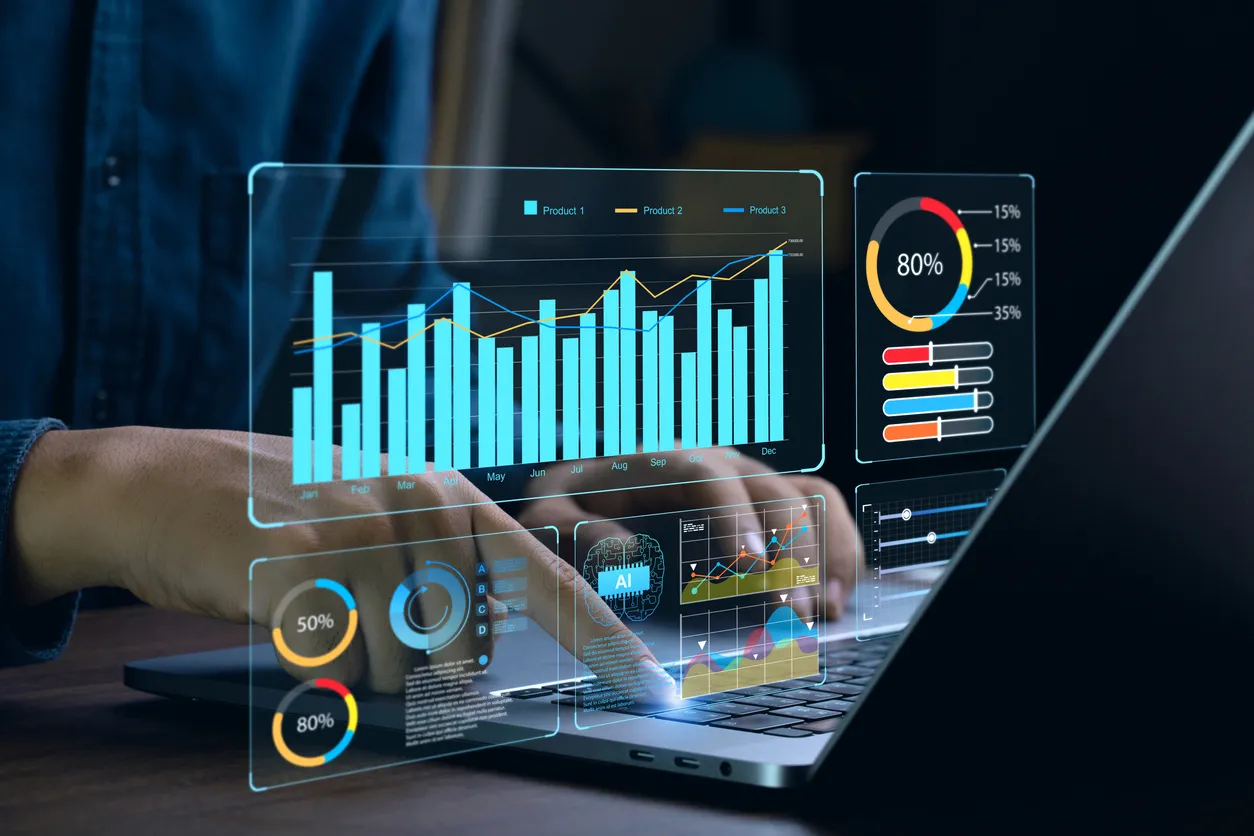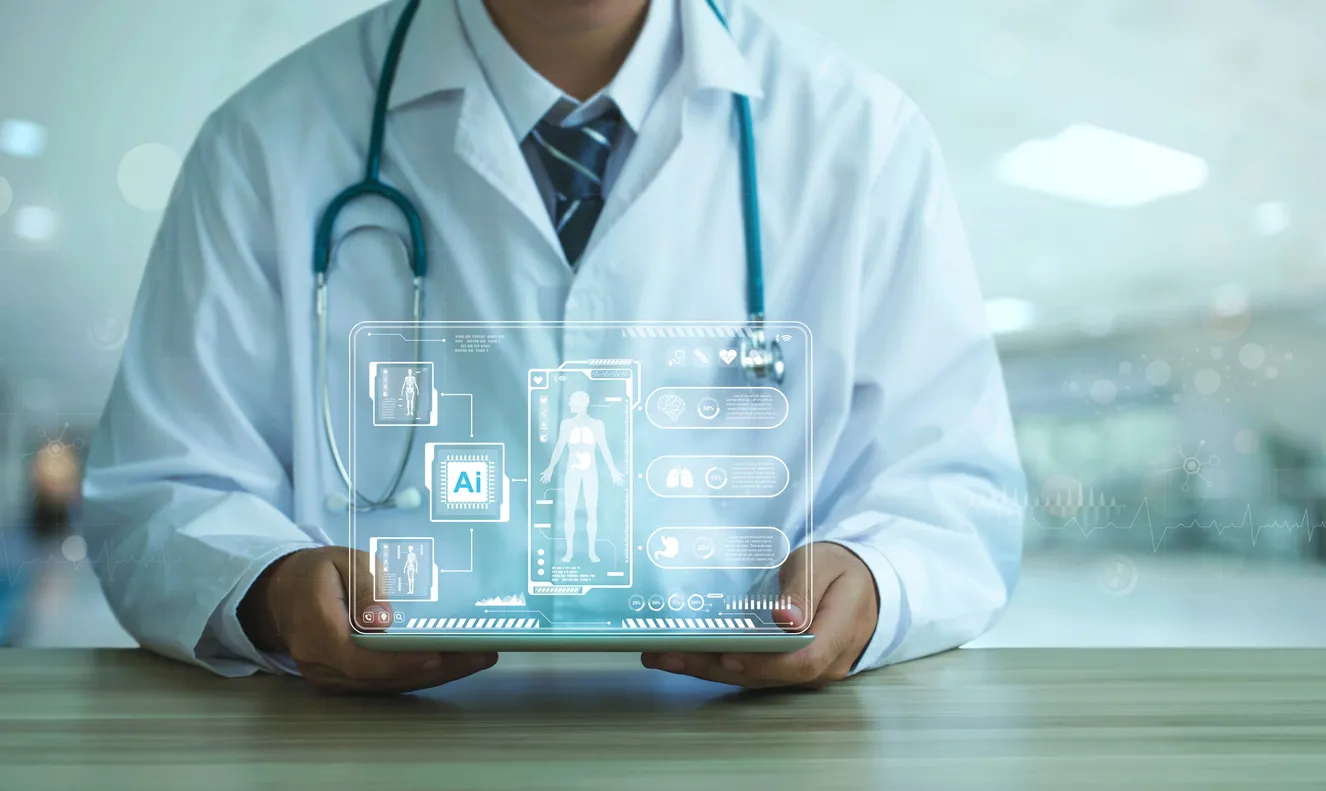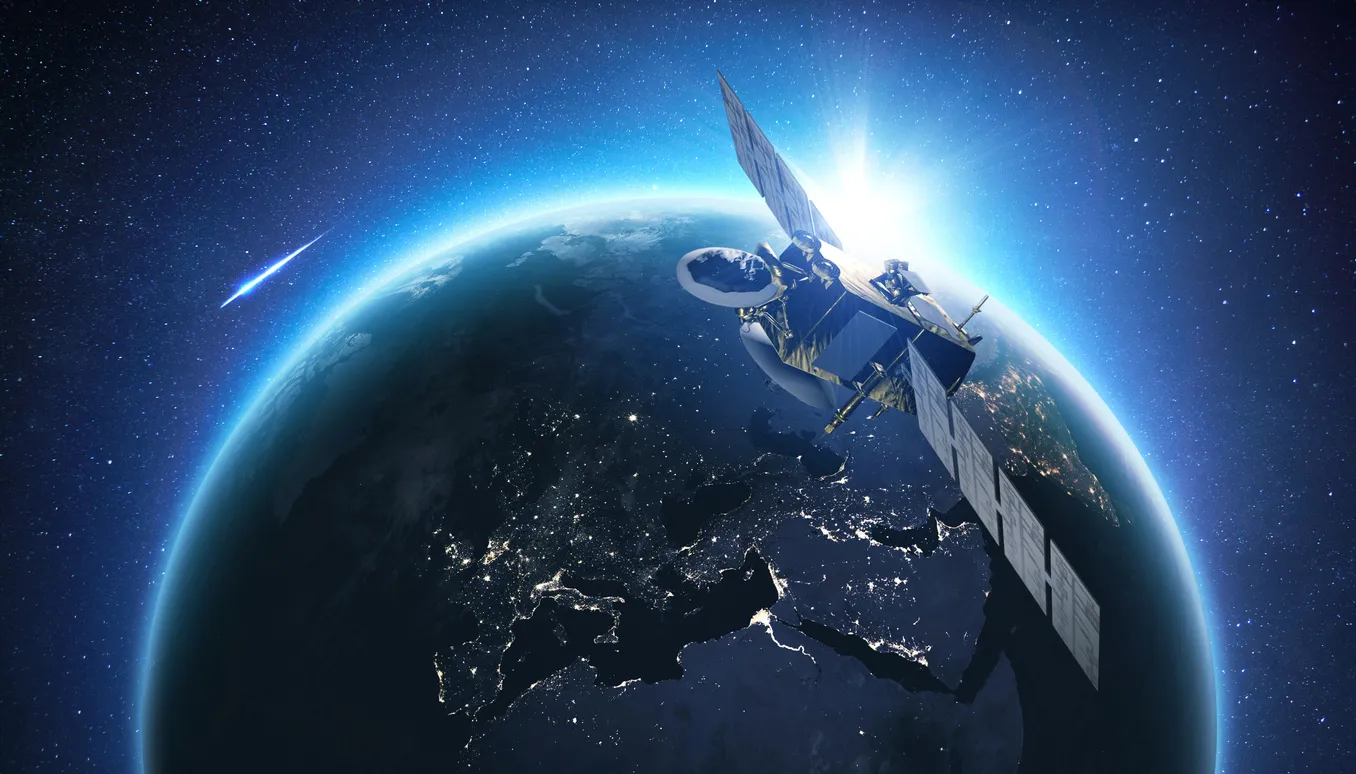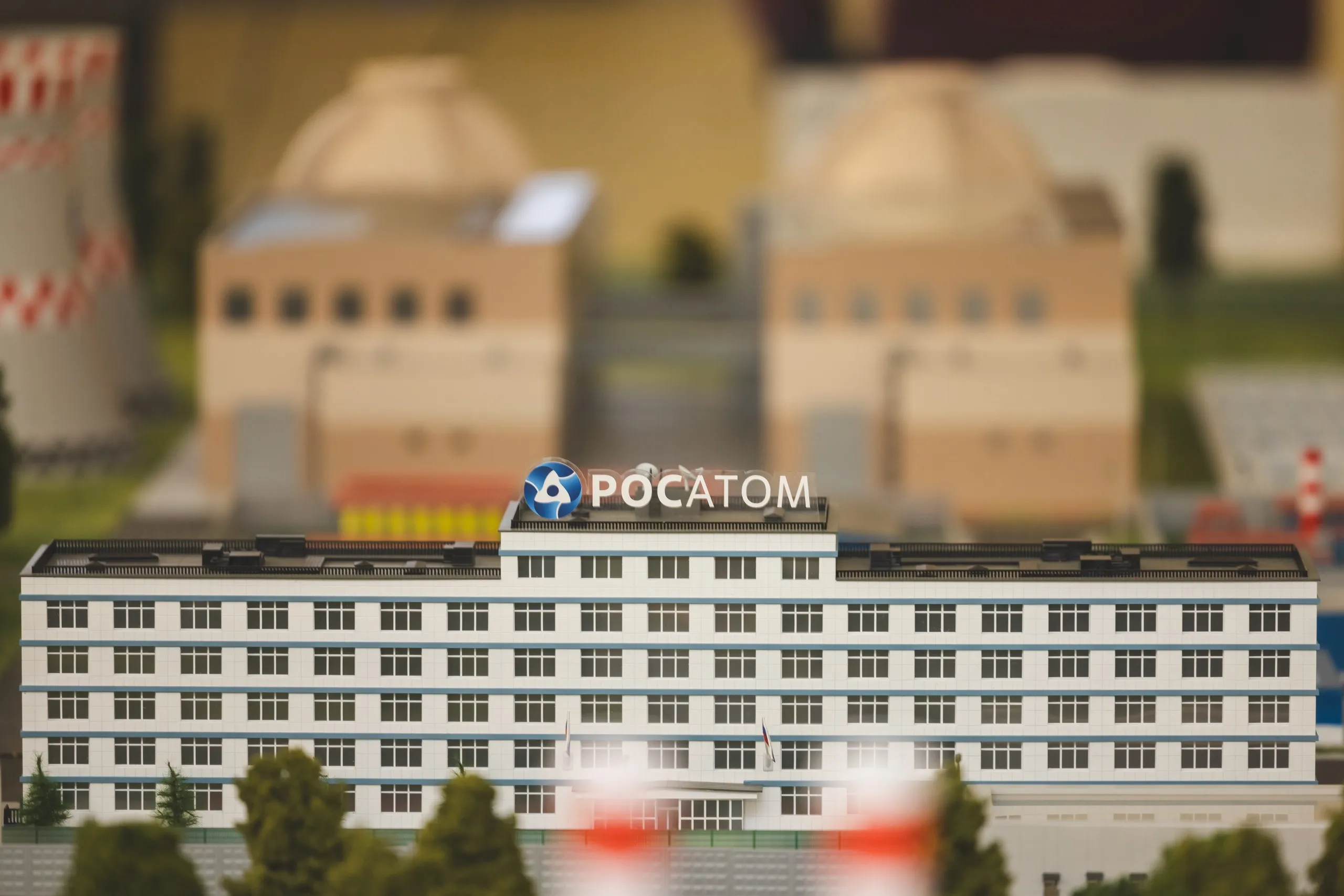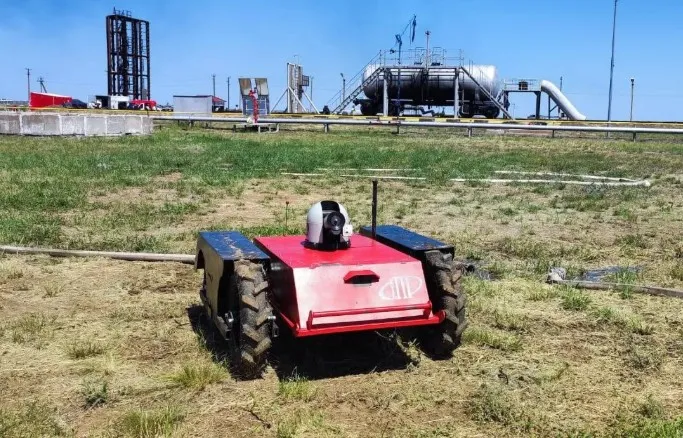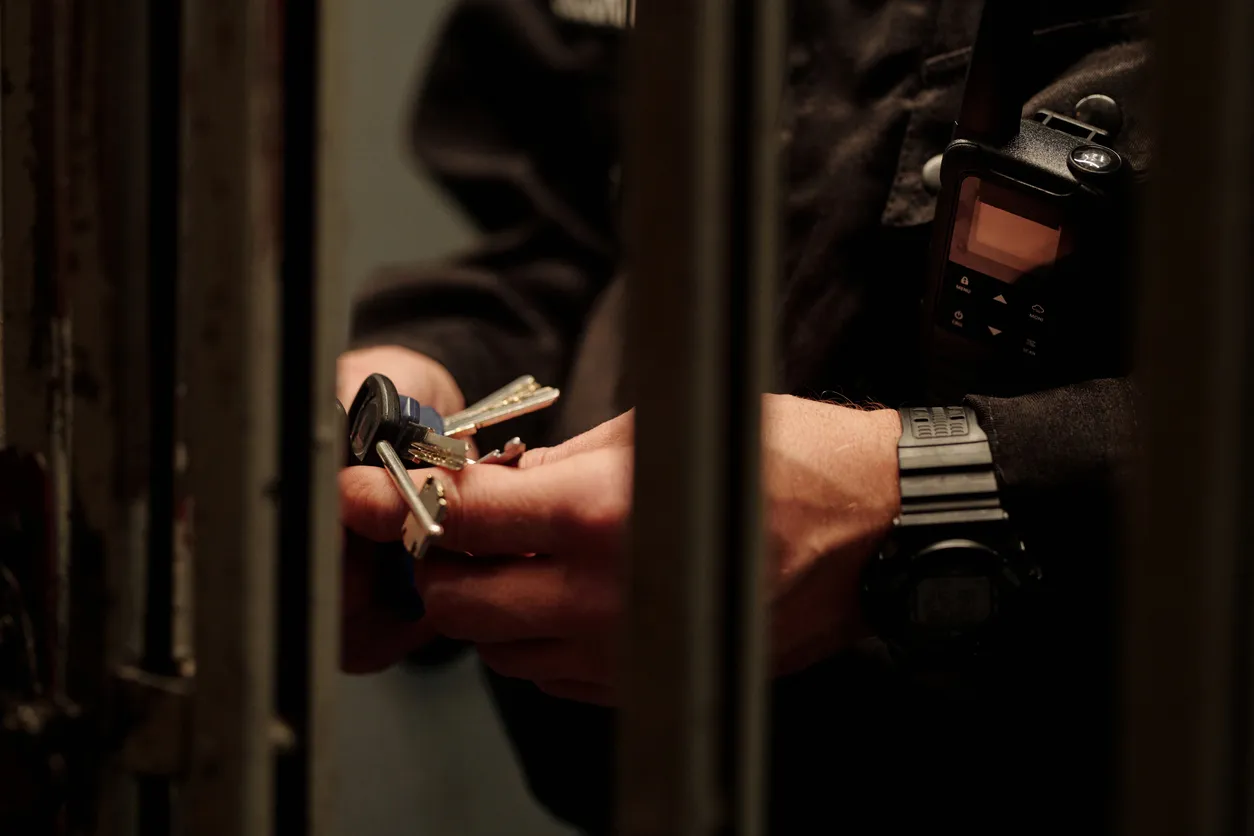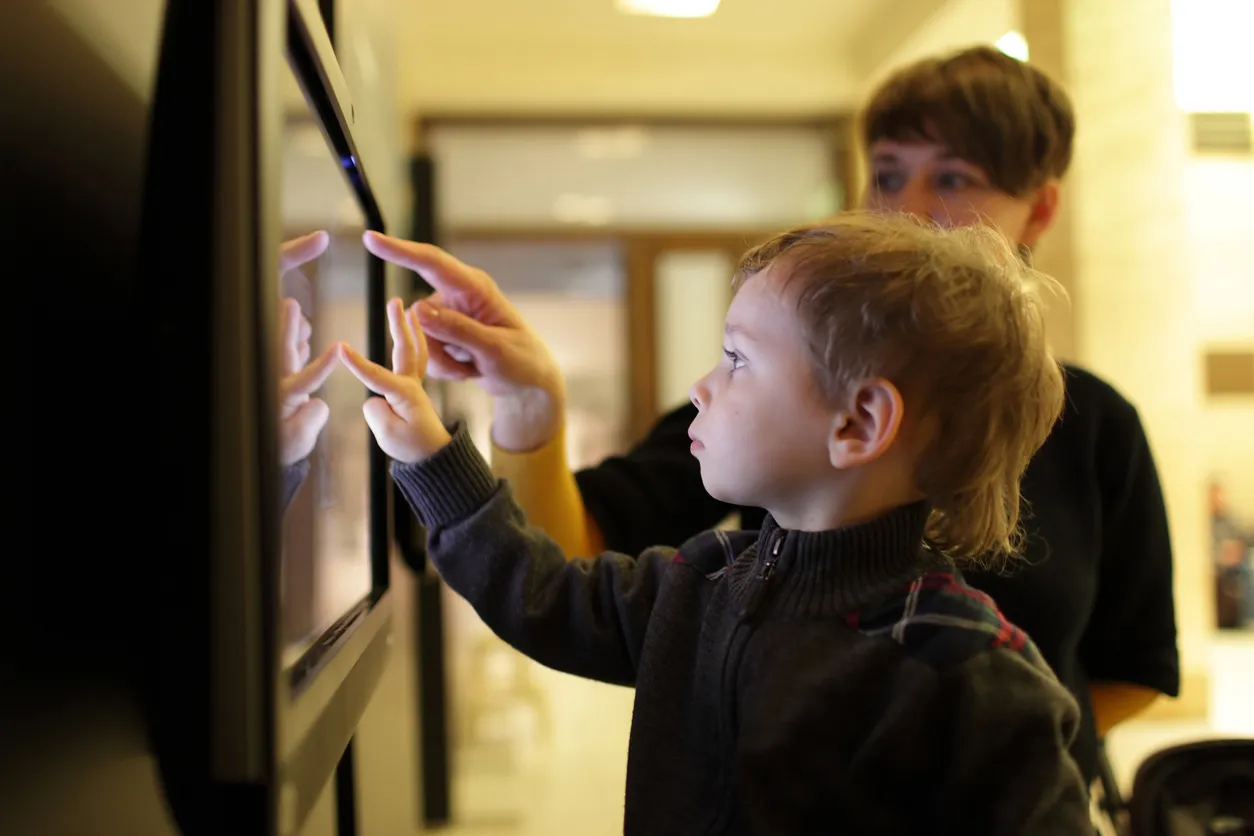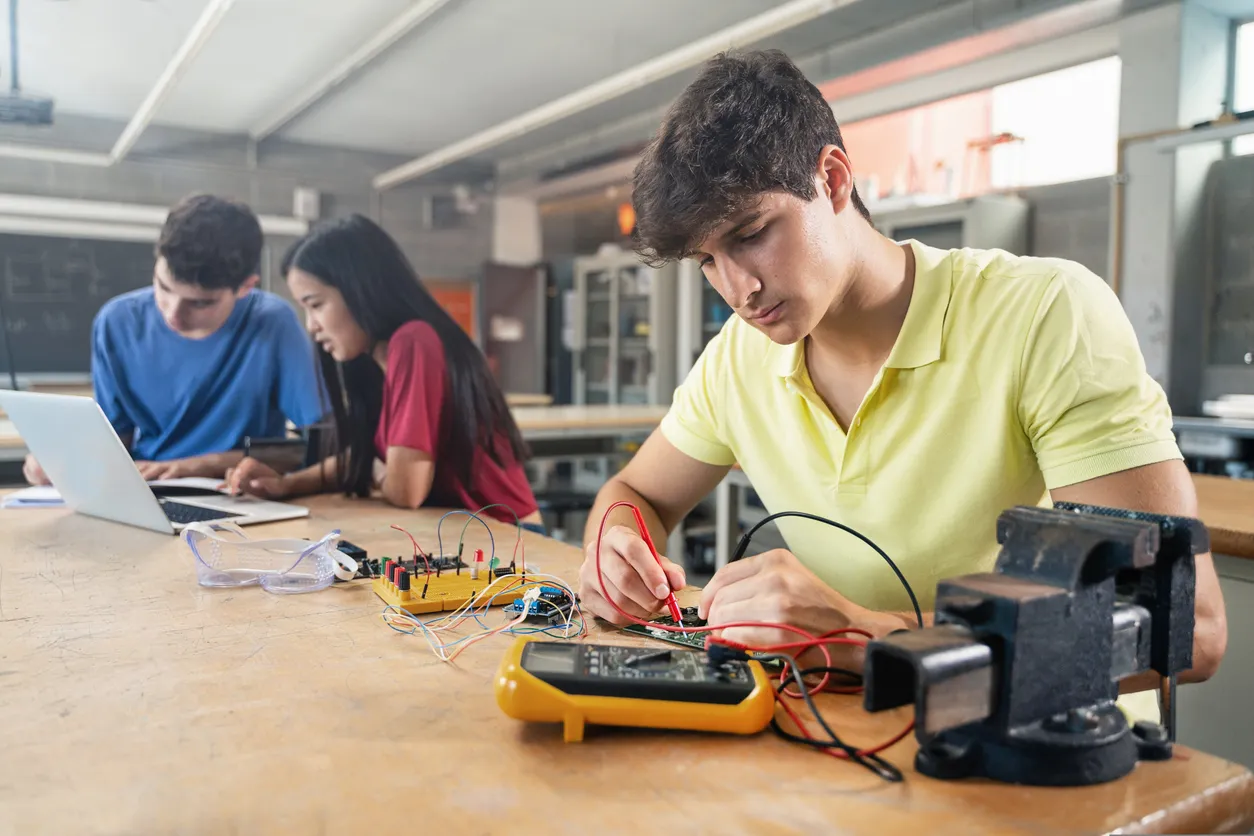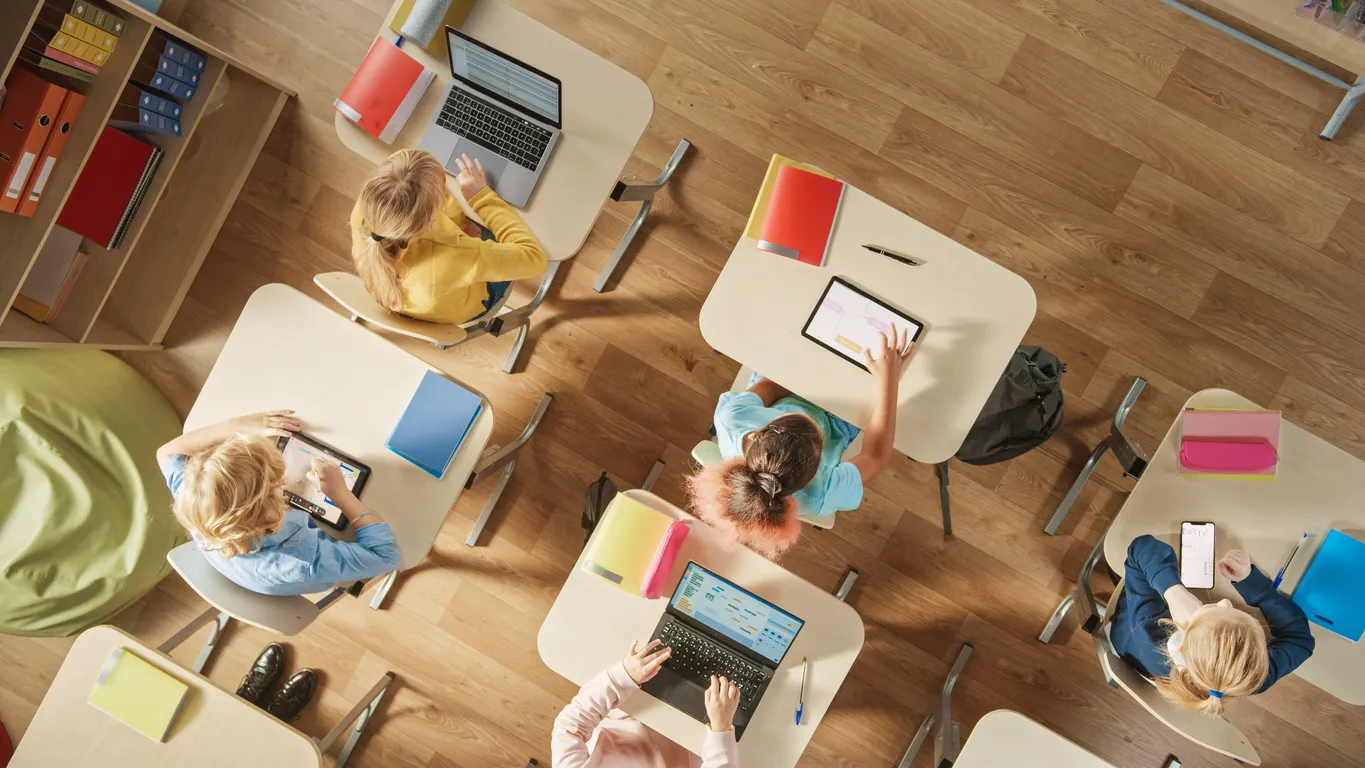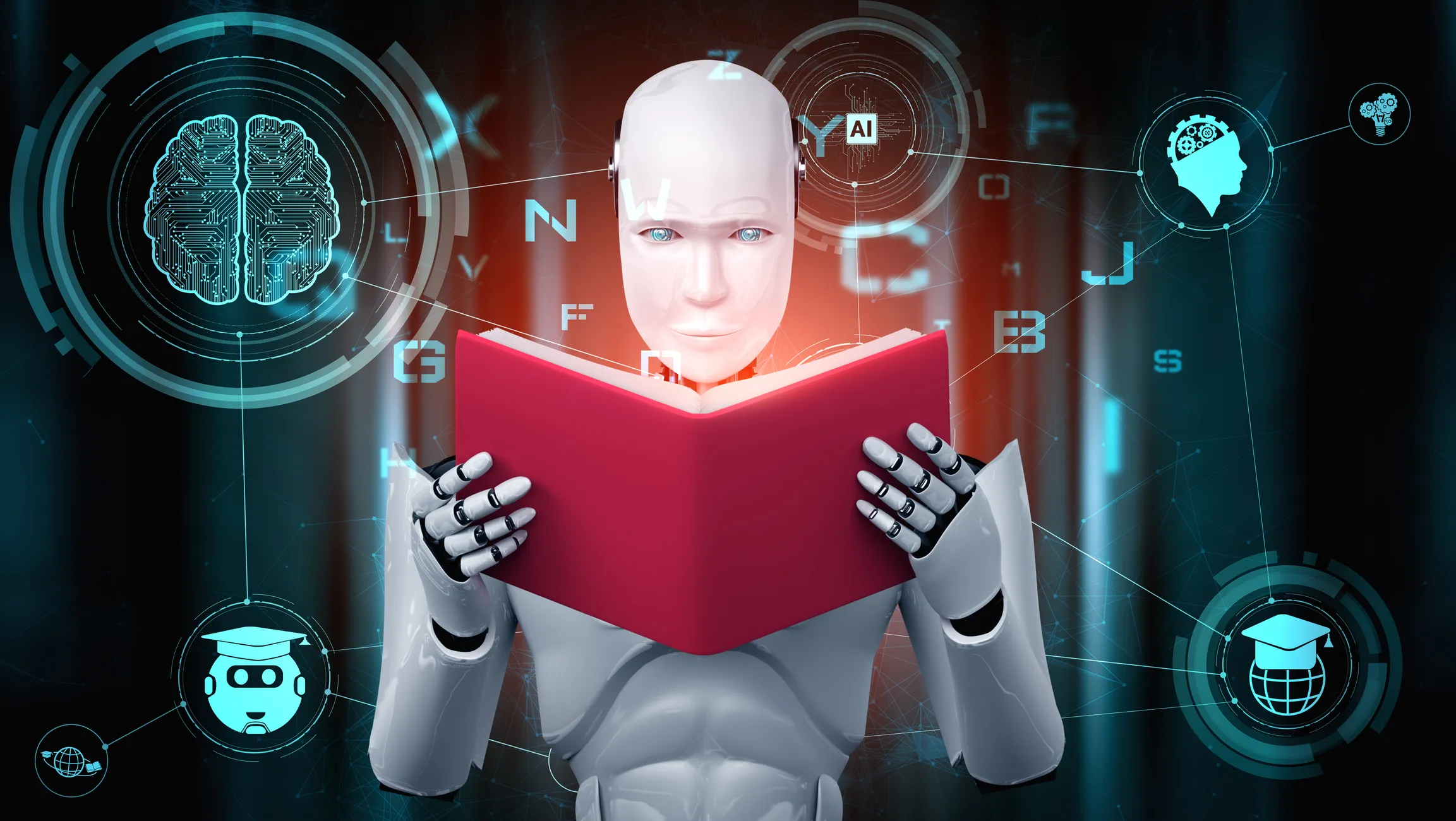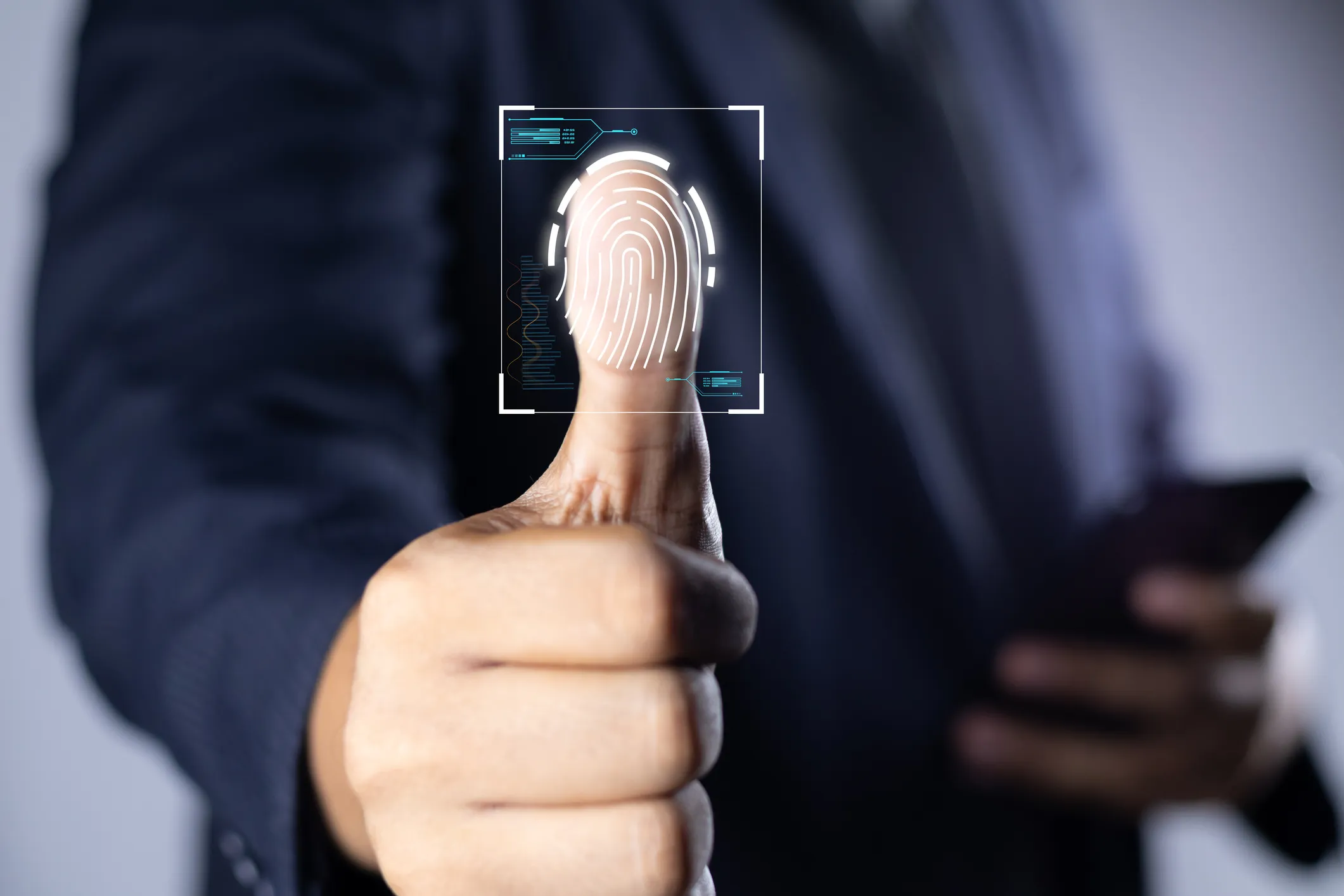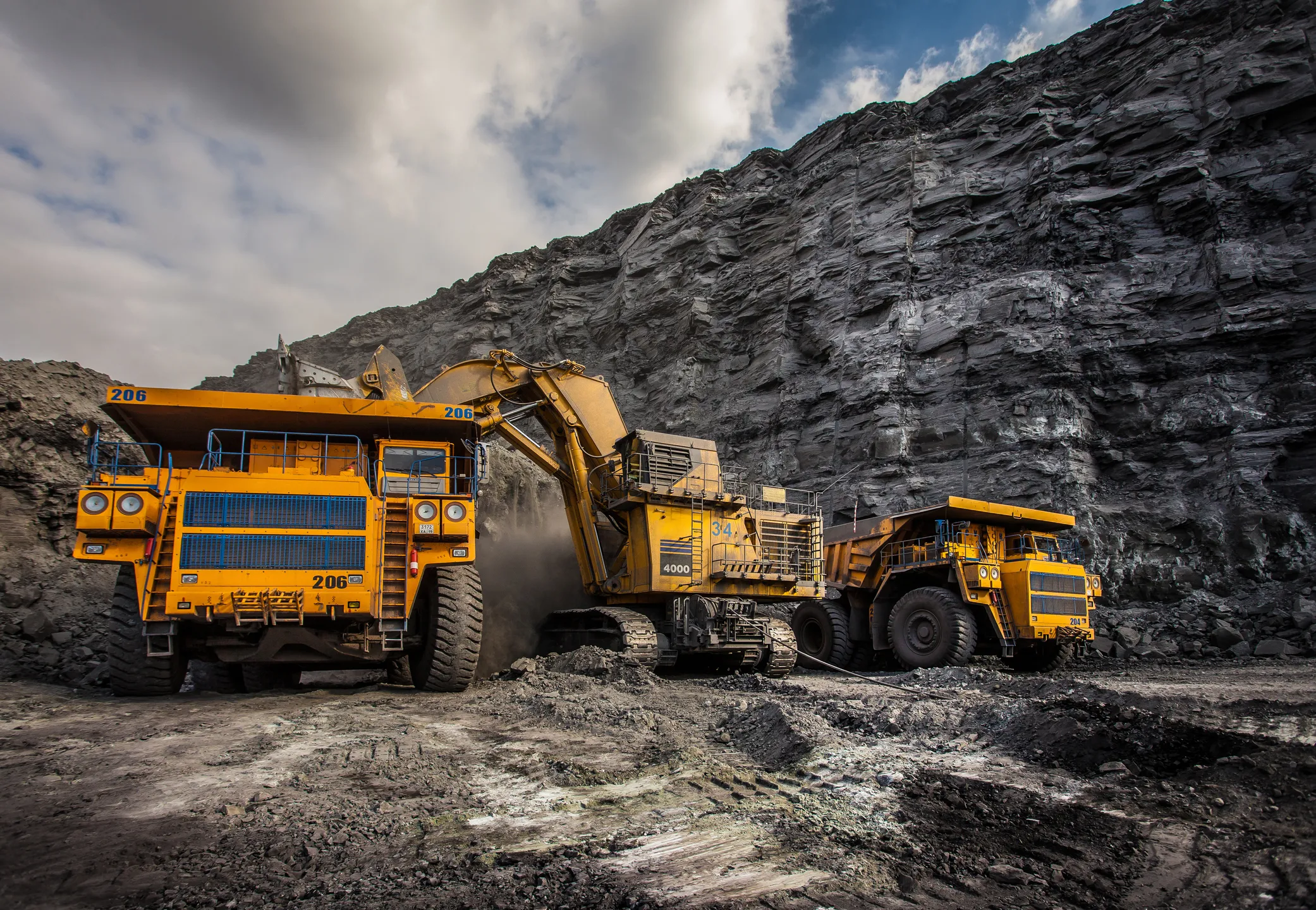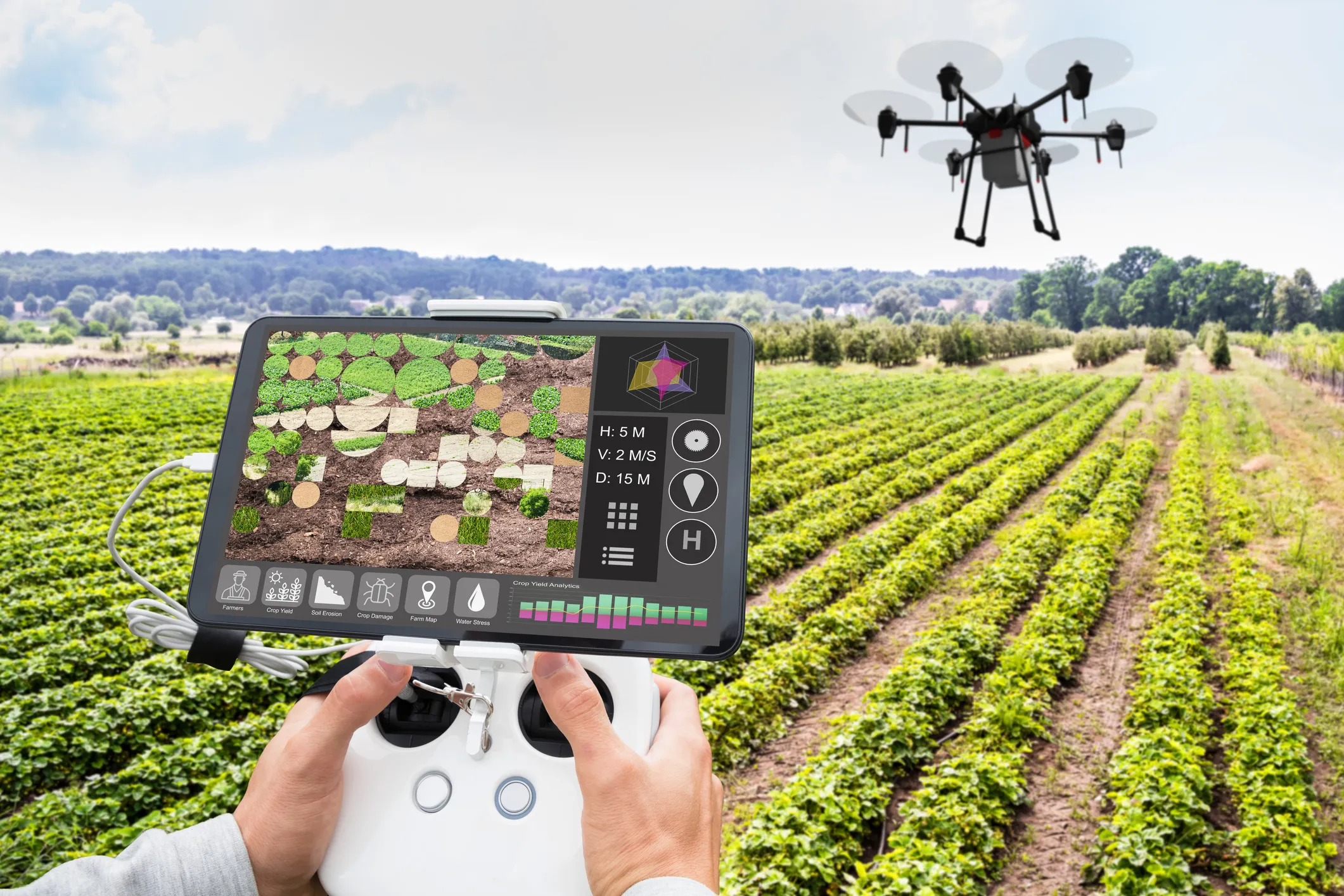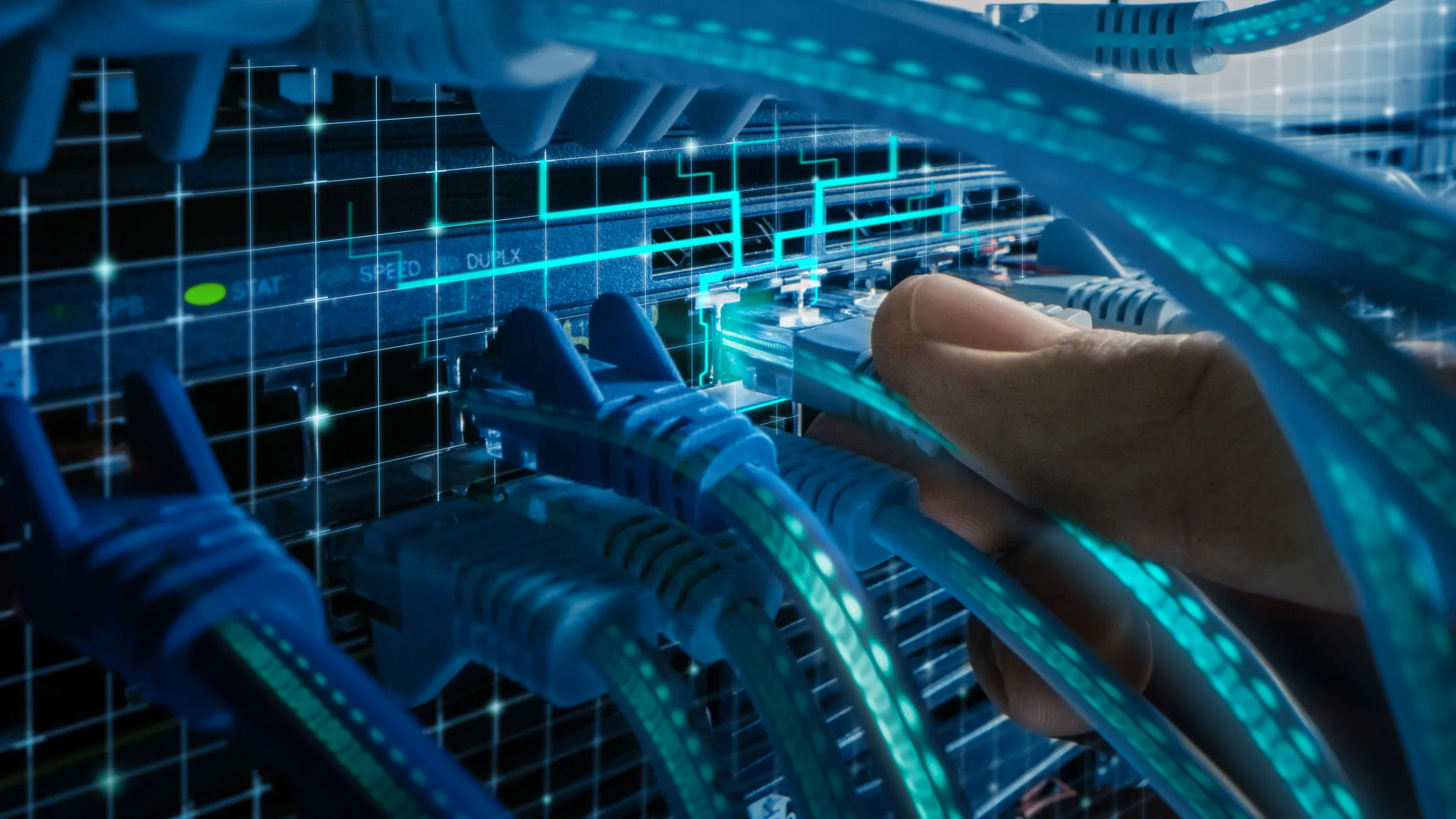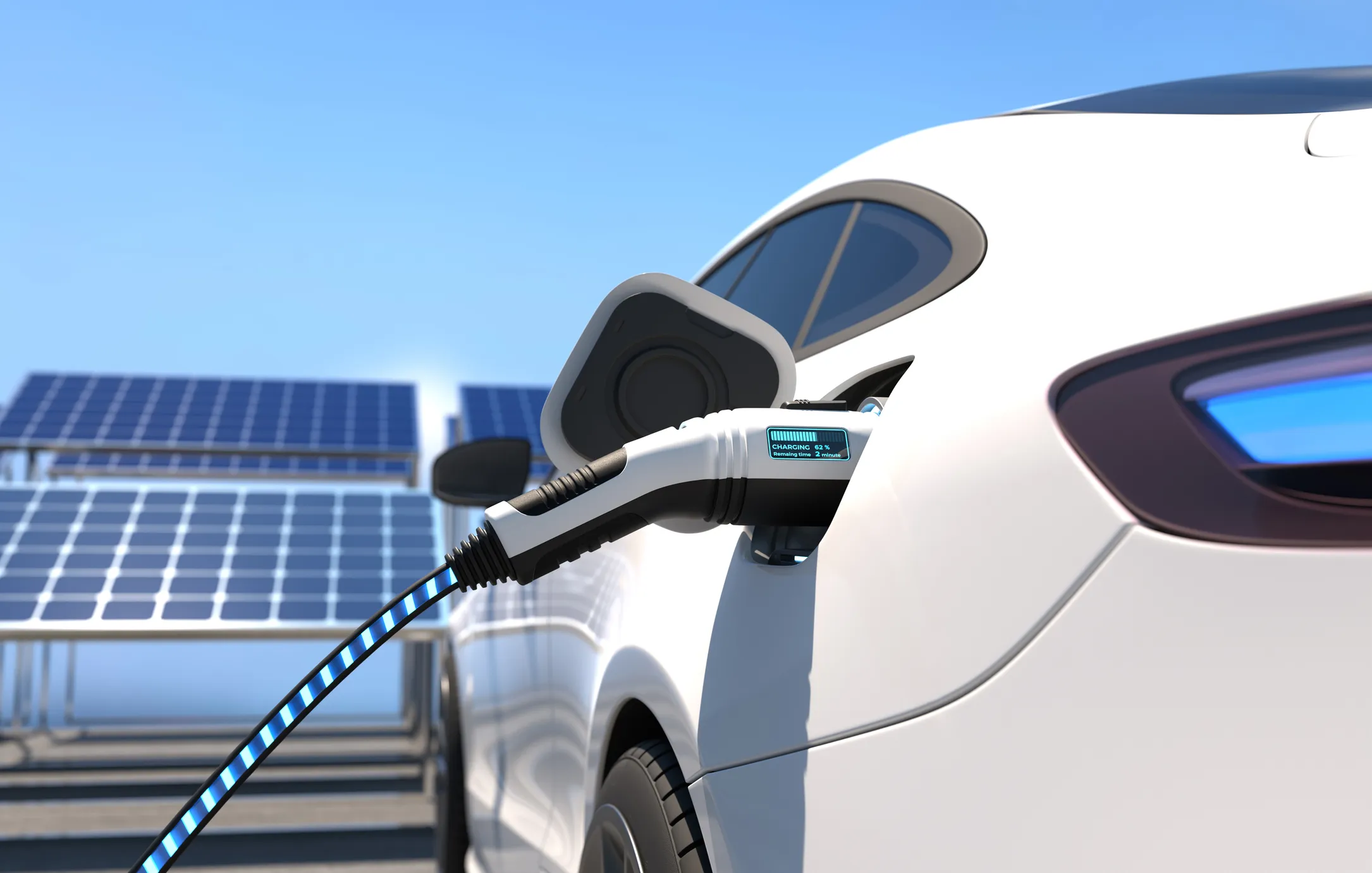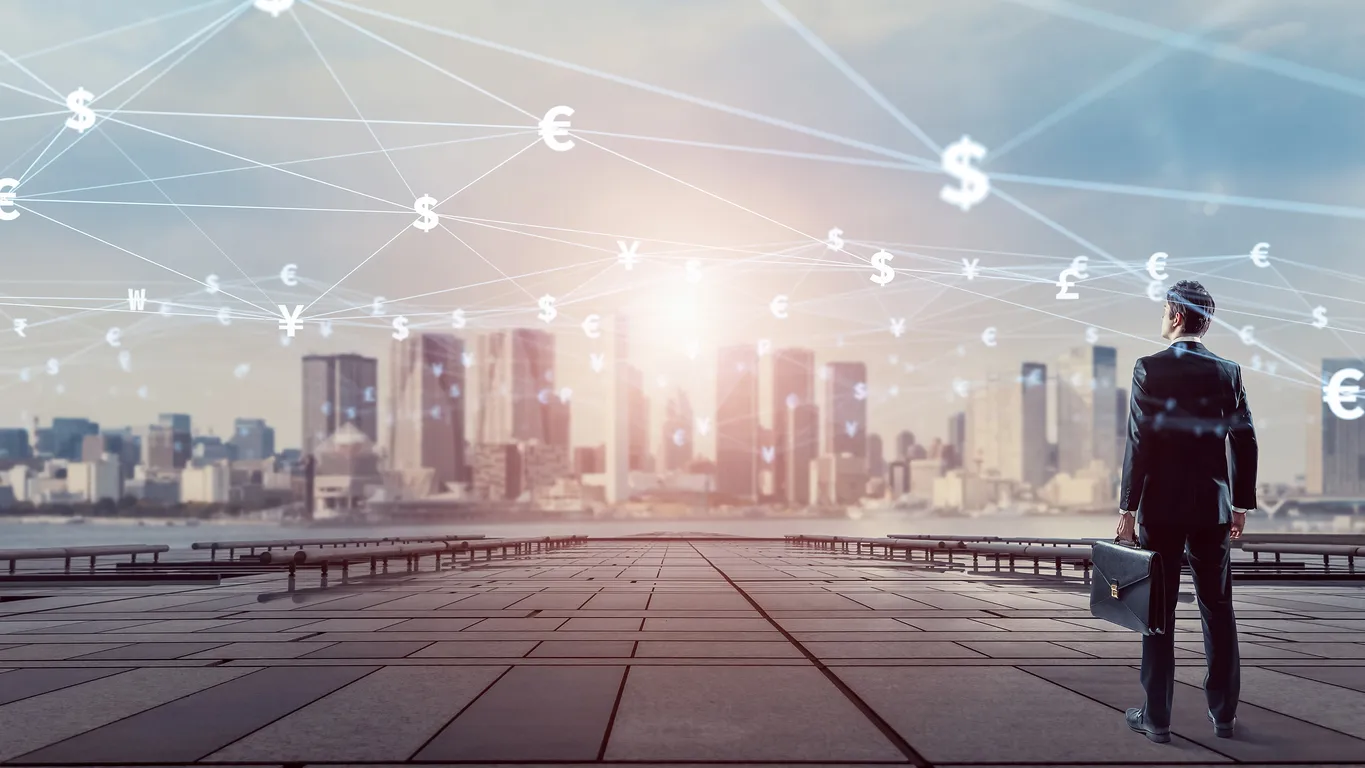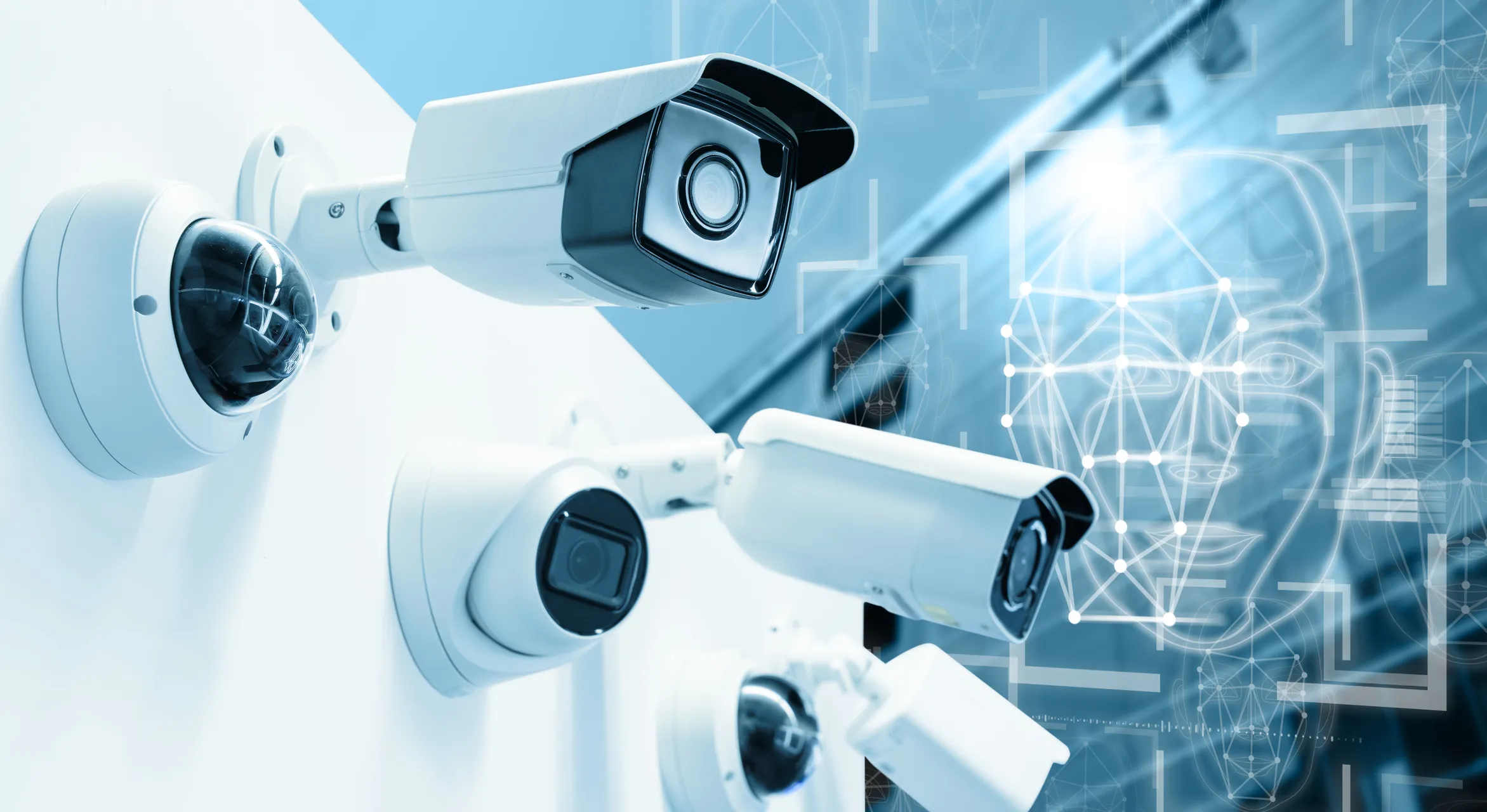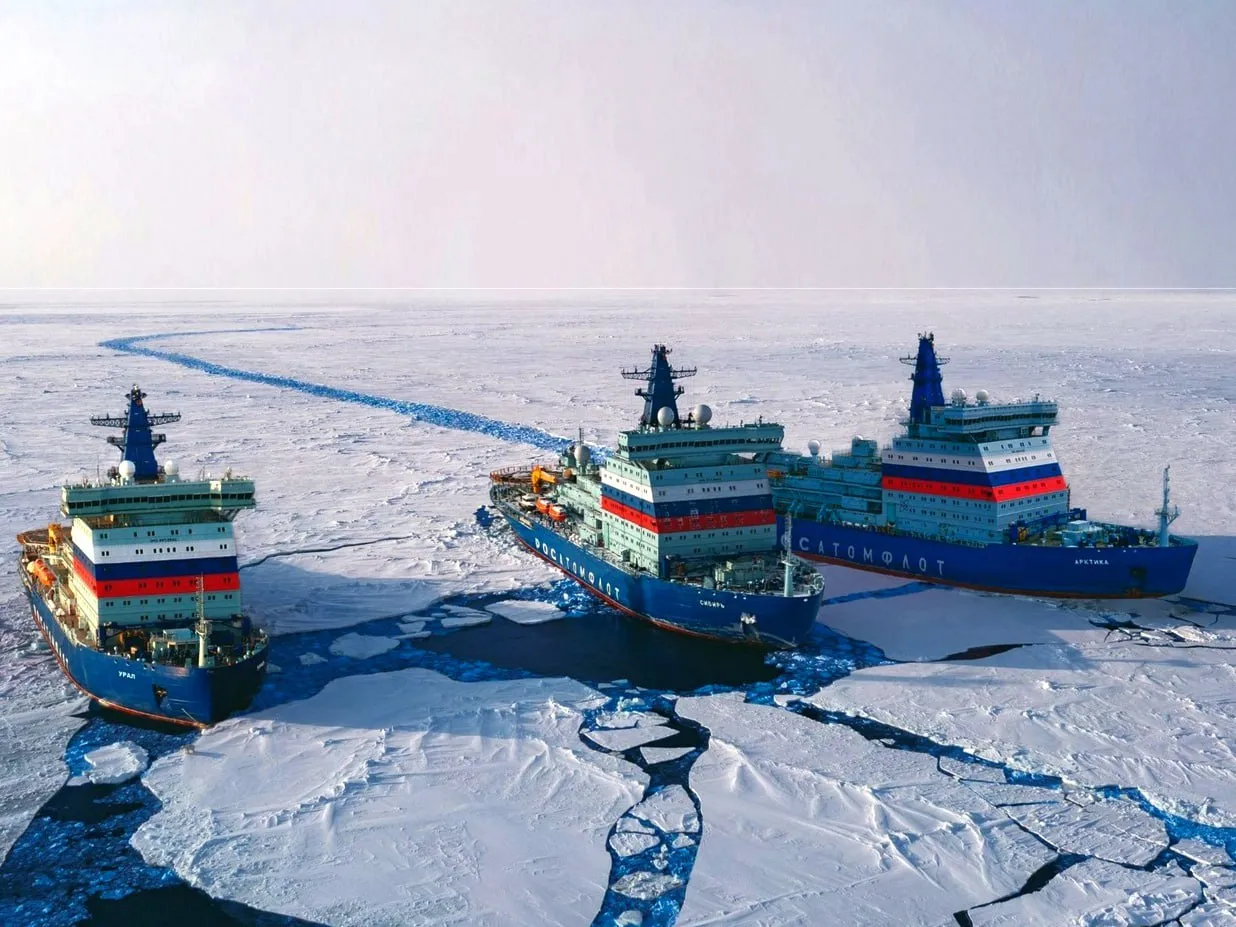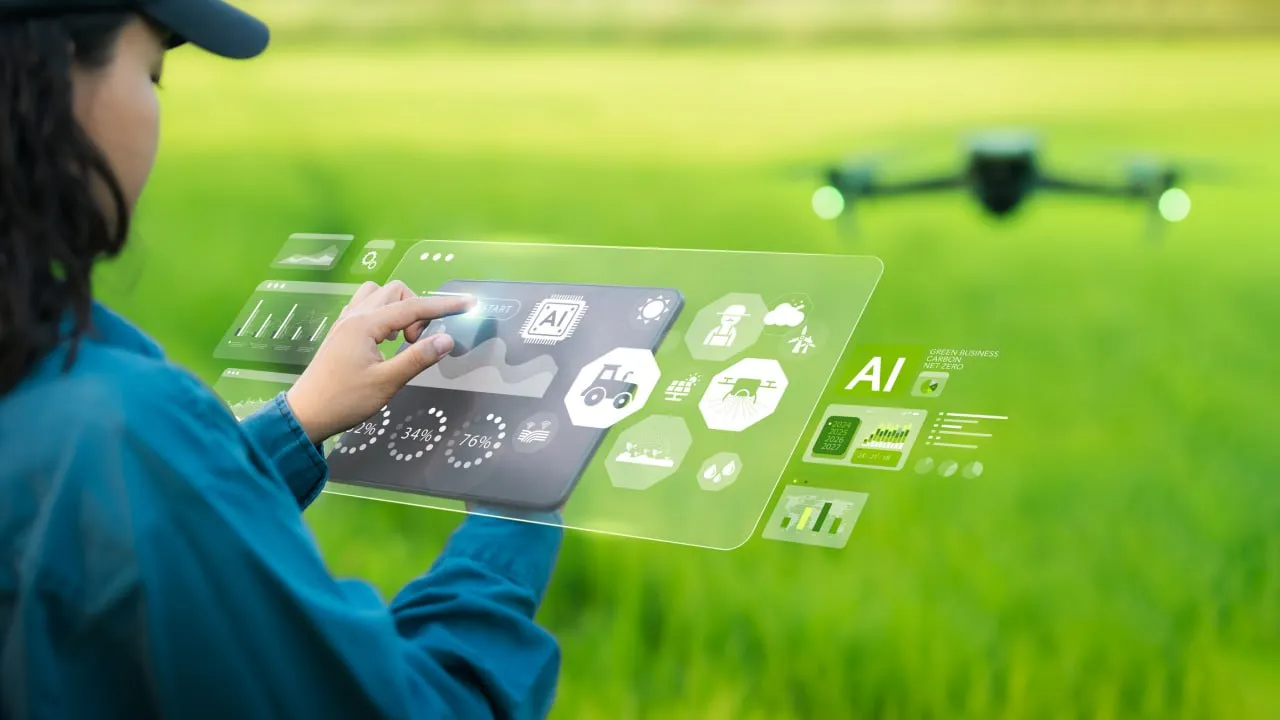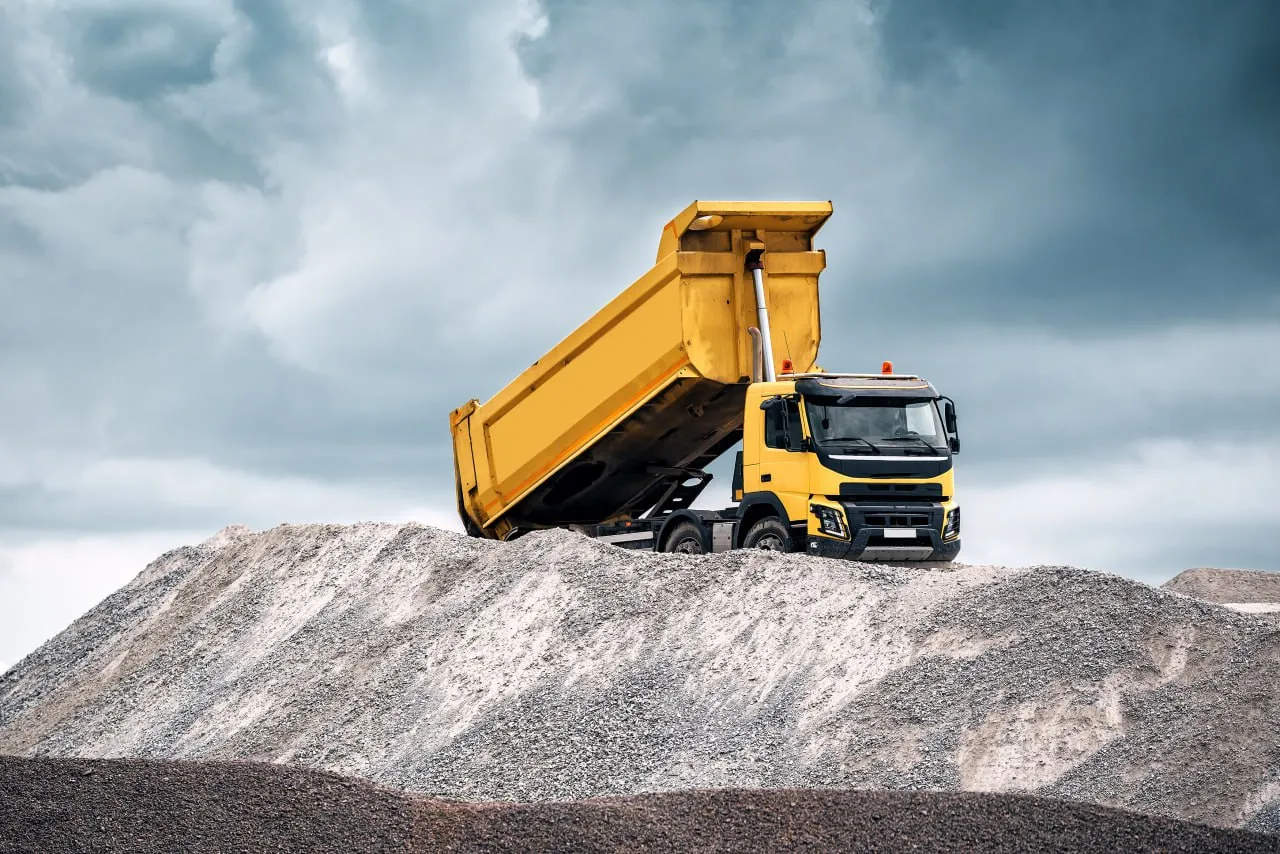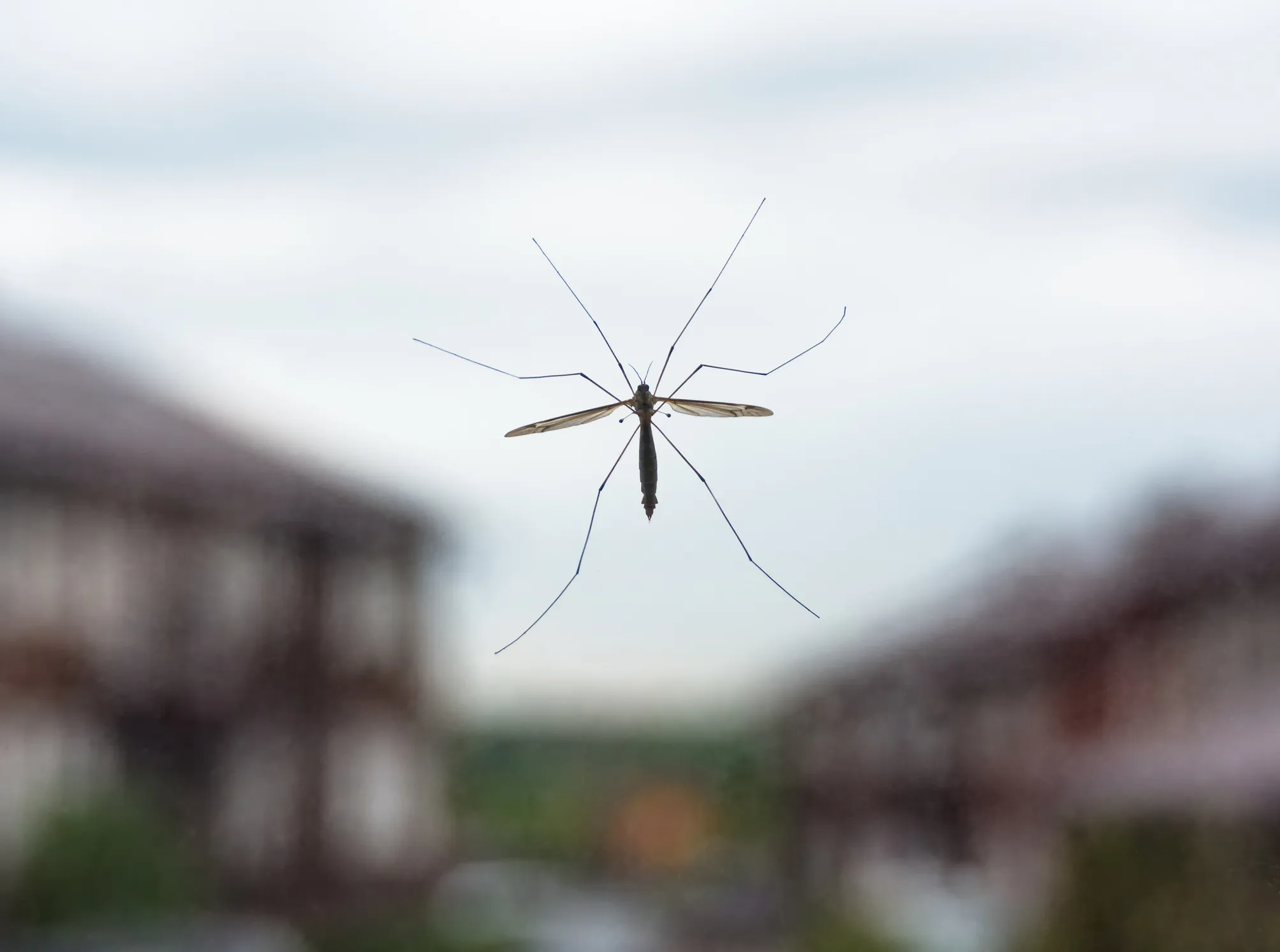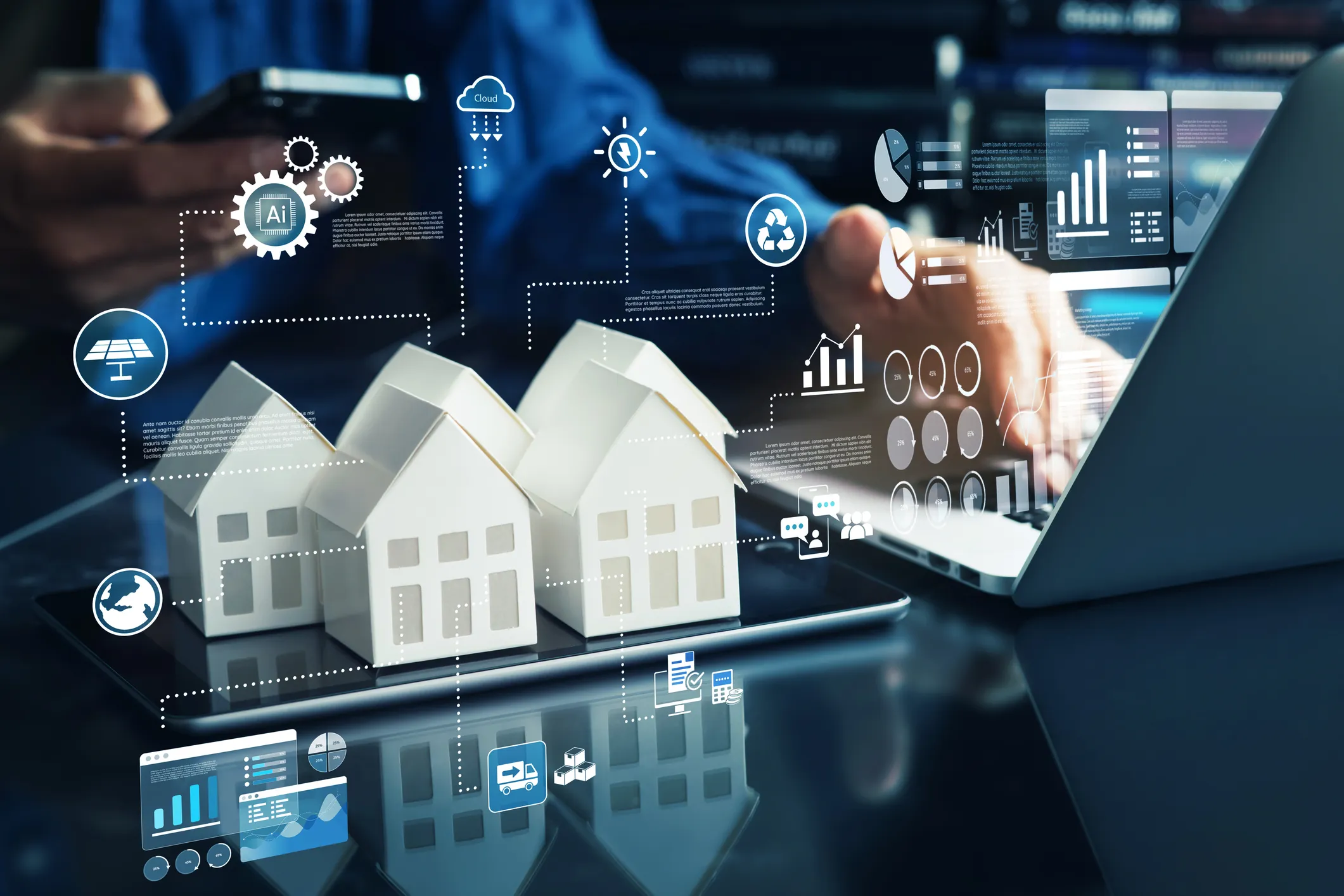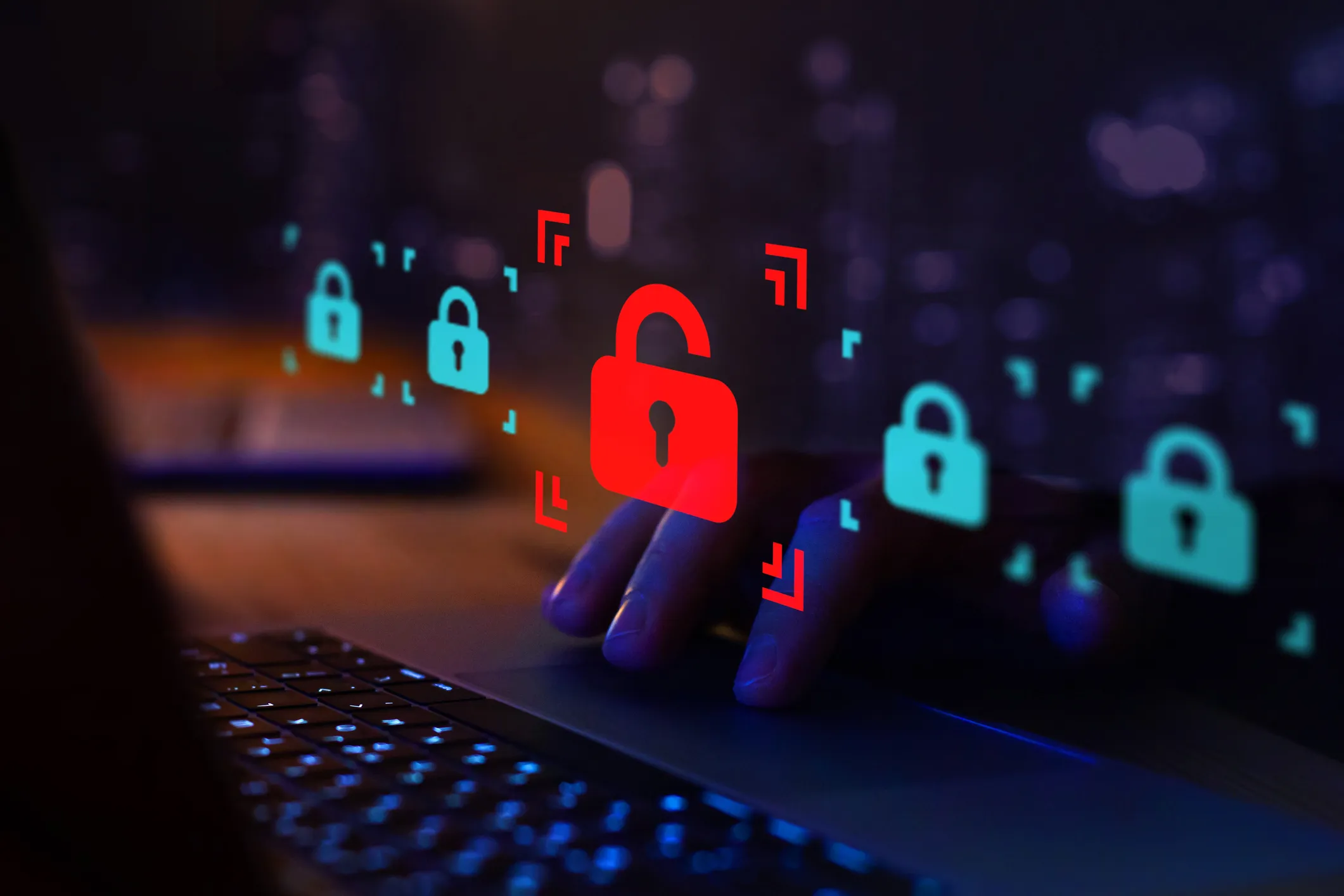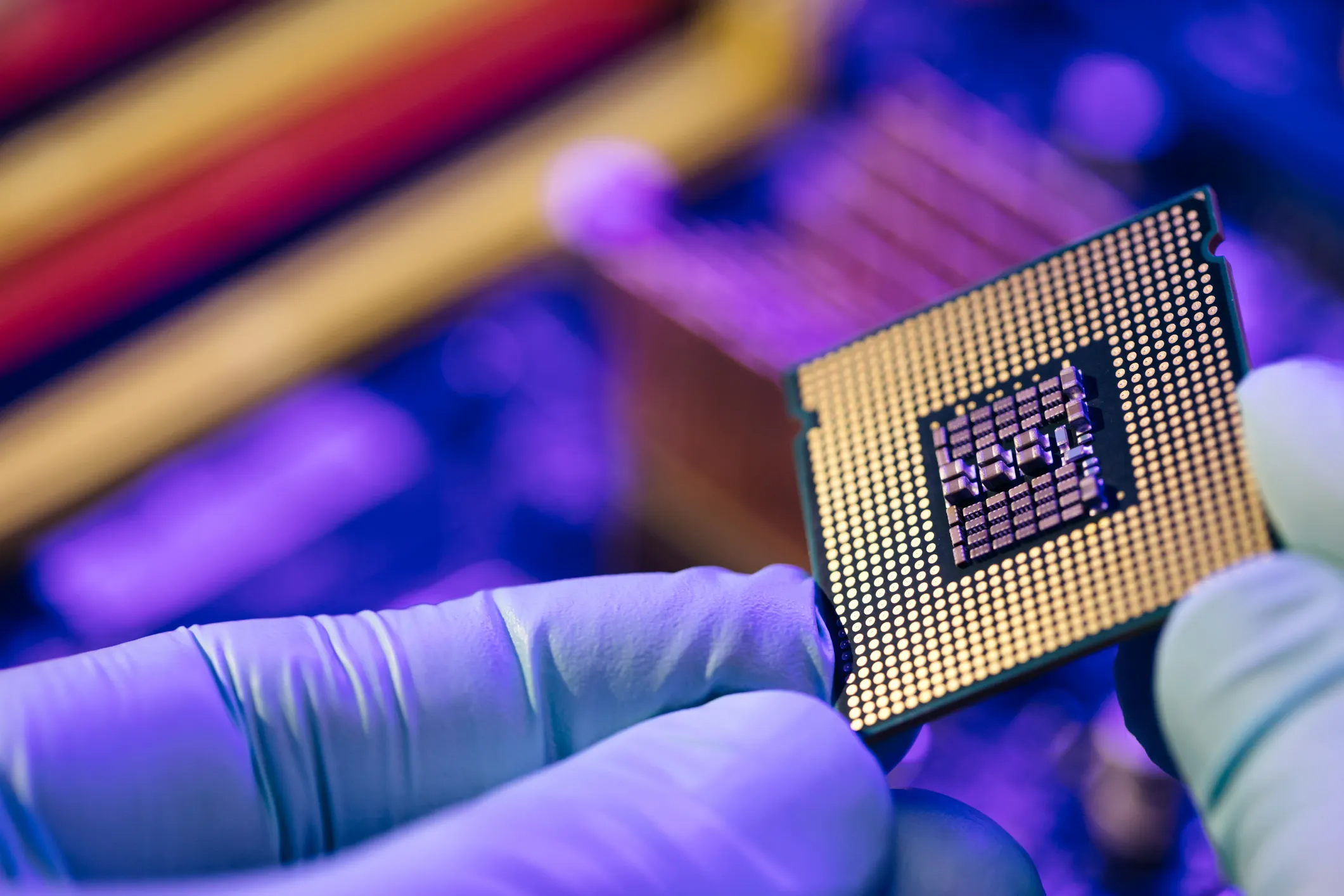This AI Tells You Where Groceries Are Cheapest
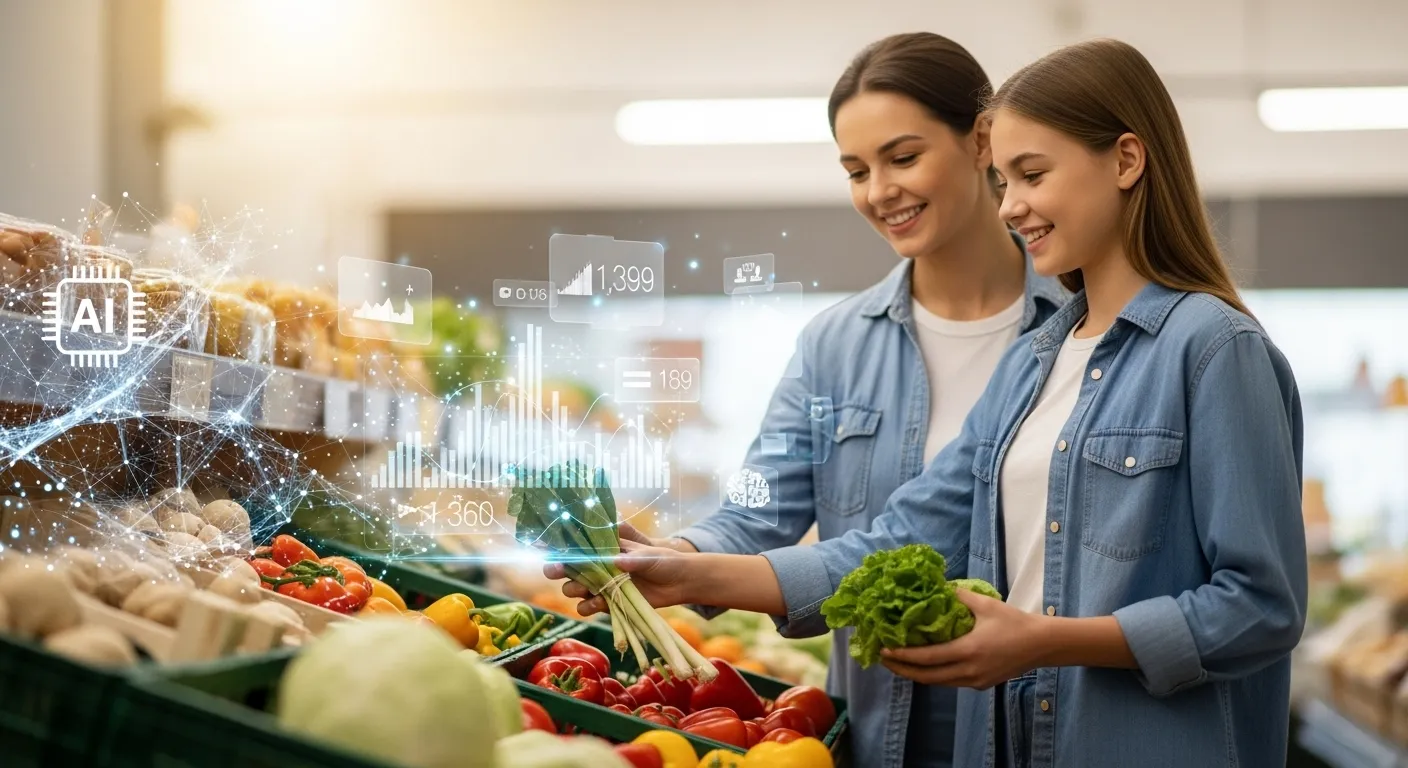
Crimea is testing a new kind of artificial intelligence—not for face recognition or language models, but for saving families money by comparing grocery prices in real time.
From Markets to Machine Learning
Tracking grocery prices is tedious—and often unreliable. Manual monitoring takes time and is prone to human error. Now, as digital tools mature, public institutions and businesses are turning to AI for automated data collection and analysis.
In Crimea, a system developed by regional broadcaster Crimea 24 uses AI to monitor food prices. The platform aggregates fresh pricing data from stores and marketplaces, processes it, and delivers live comparisons for everyday shoppers. Developers say the system is especially useful for consumers managing household budgets.
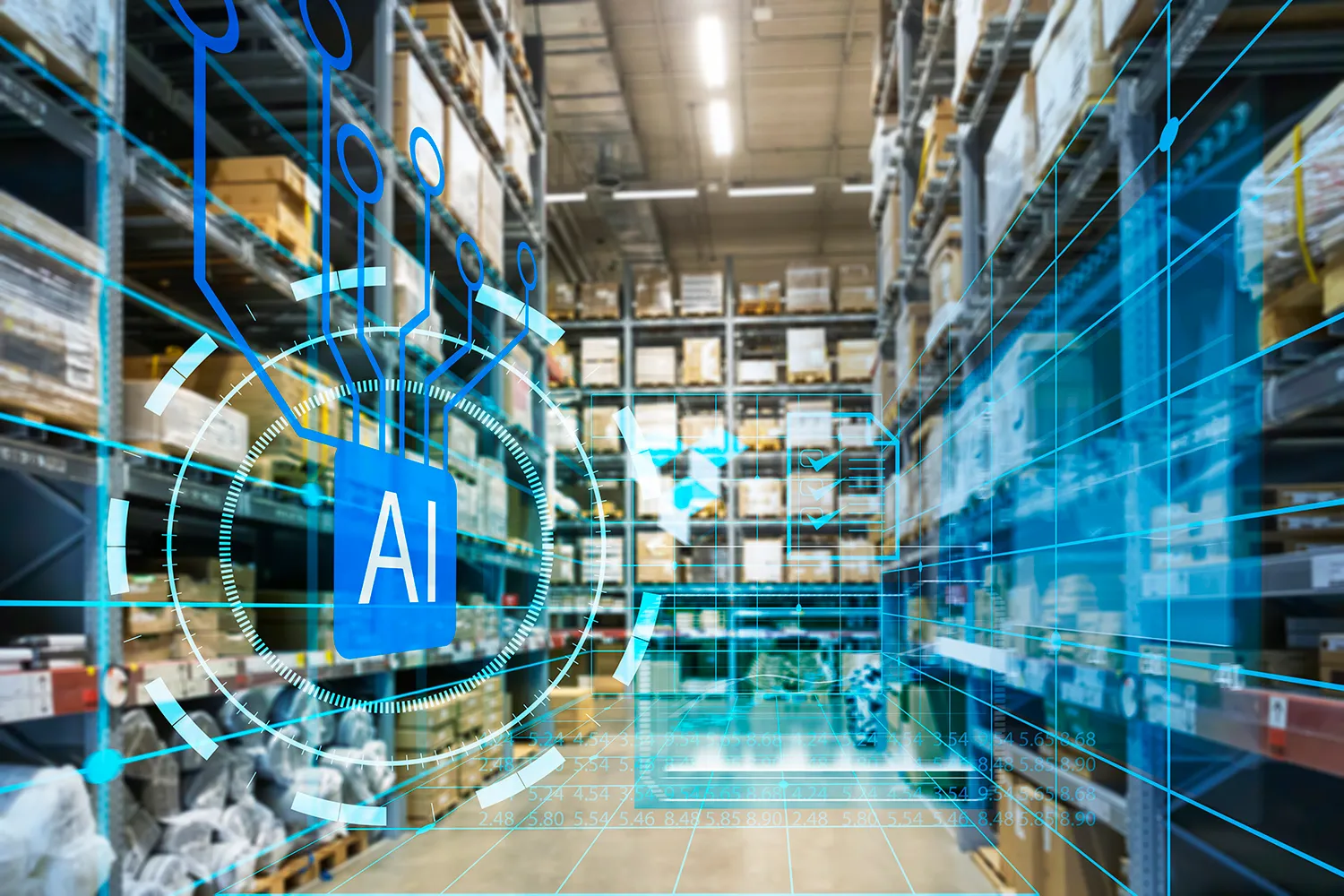
According to the analysis, locally grown potatoes currently cost between 65 and 95 rubles per kilogram, cucumbers go for 60–70 rubles, and salad-ready tomatoes range from 110 to 200 rubles per kilogram.
More Than a Tool for Consumers
Price transparency isn’t just good for shoppers—it’s also a strategic advantage for businesses. By knowing their competitors’ prices and product assortments, retailers can optimize their own offerings. While traditional methods involve manual collection or software parsers, AI tools are emerging as the most efficient option.
Speed is the core advantage. AI dramatically reduces processing time and eliminates human bias and error. These systems also lower staffing costs and allow organizations to focus human resources elsewhere. What’s more, machine learning models can detect pricing trends and make predictions that inform strategic decisions.
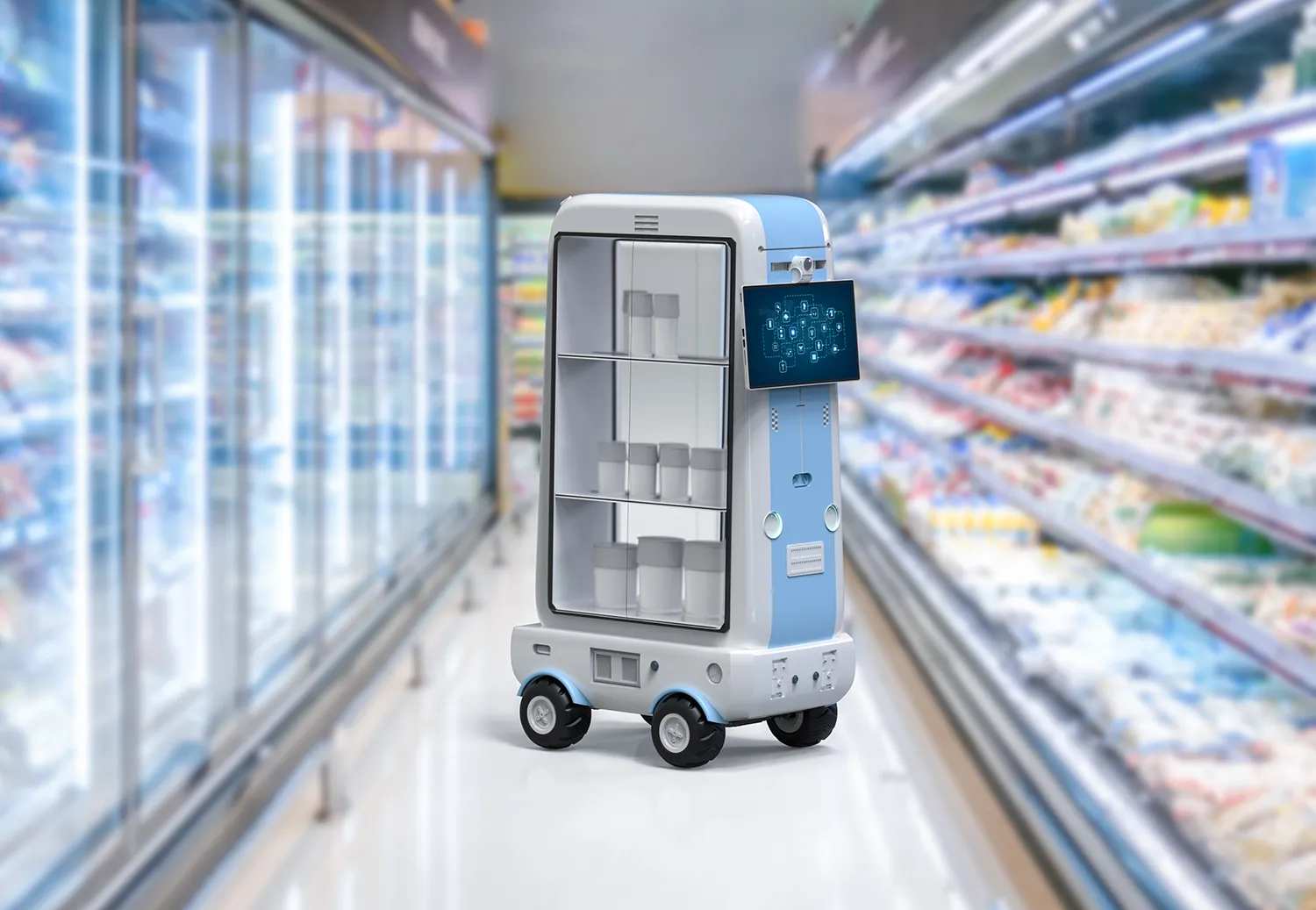
“Competitive pricing analysis is essential in a crowded market,” says Oleg Akulov, CEO of the analytics firm Nomium. “AI helps retailers fine-tune their assortments, adapt pricing strategies, and react to market changes quickly. Manual collection sounds simple, but it’s slow, error-prone, and a missed opportunity for growth.”
AI for Budgets—and Beyond
This new AI system illustrates Russia’s growing ability to develop niche technologies for regional and economic needs. It’s not just about convenience—it signals deeper digital transformation across local government processes.
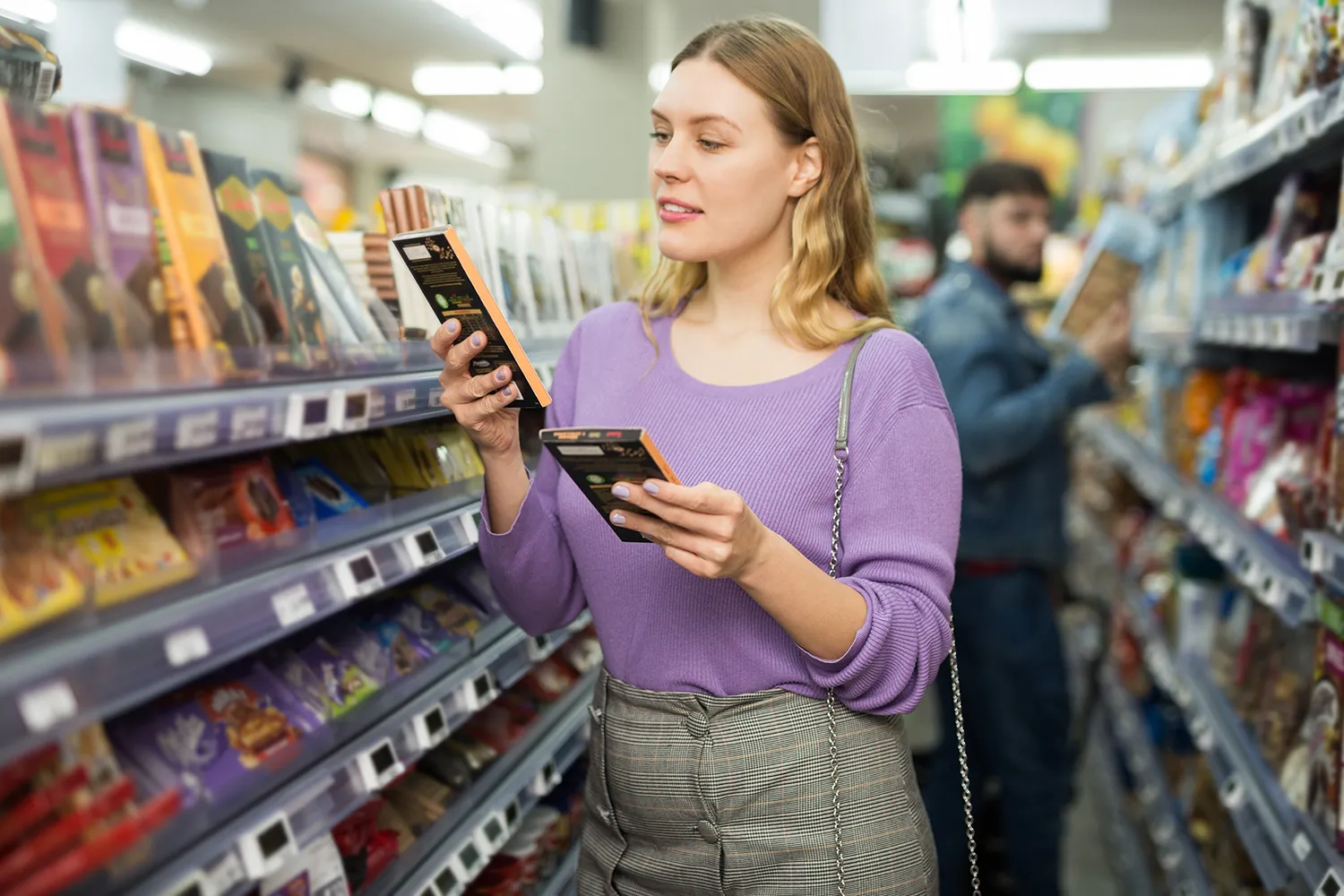
Beyond price checks, AI is already helping retailers enforce planograms, detect inventory mismatches, monitor employee performance, and suggest real-time corrections to store layouts. These tools reportedly cut routine store tasks by up to 60%.
Crimea’s deployment is part of a broader trend toward integrating AI into budget oversight and decision-making. As more regions adopt similar technologies, experts say the tools could eventually support food security policies and influence regional pricing strategies.



